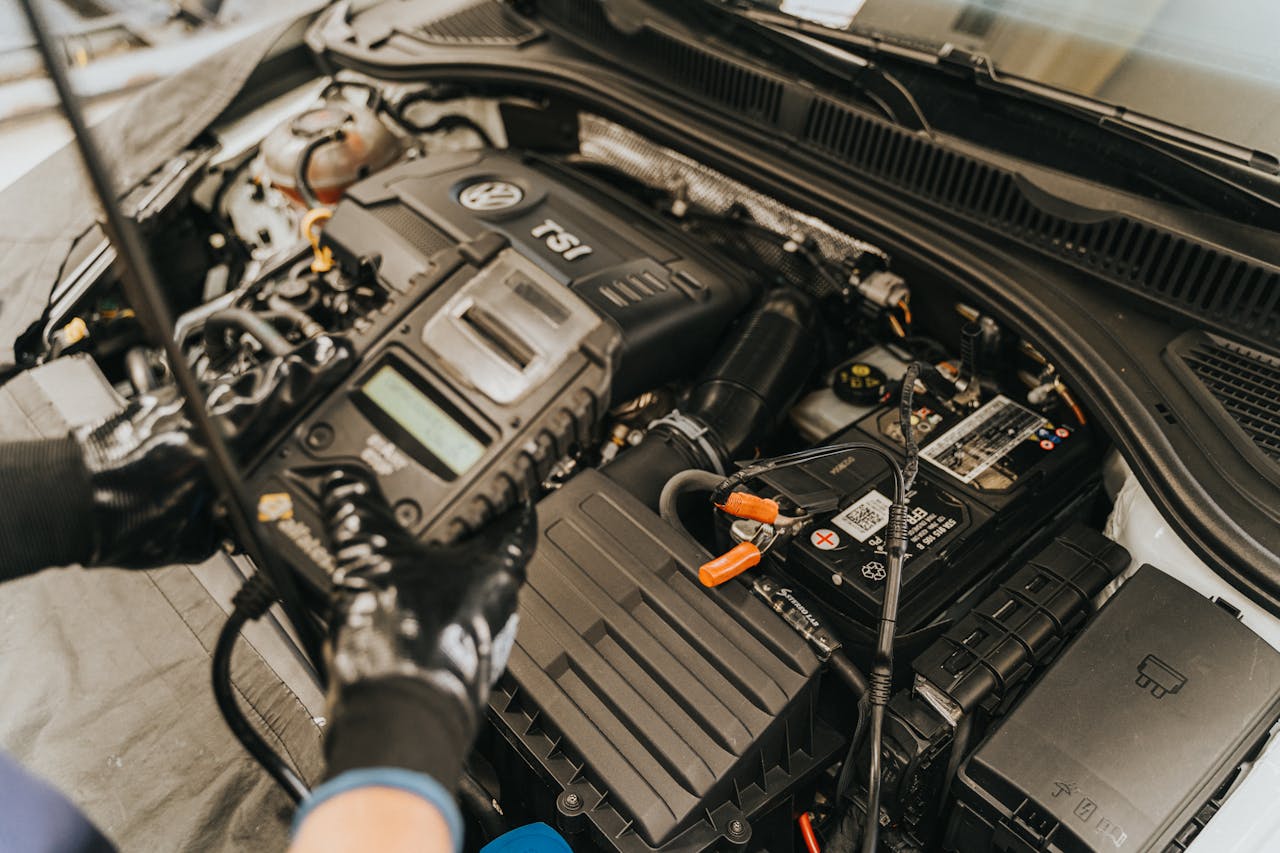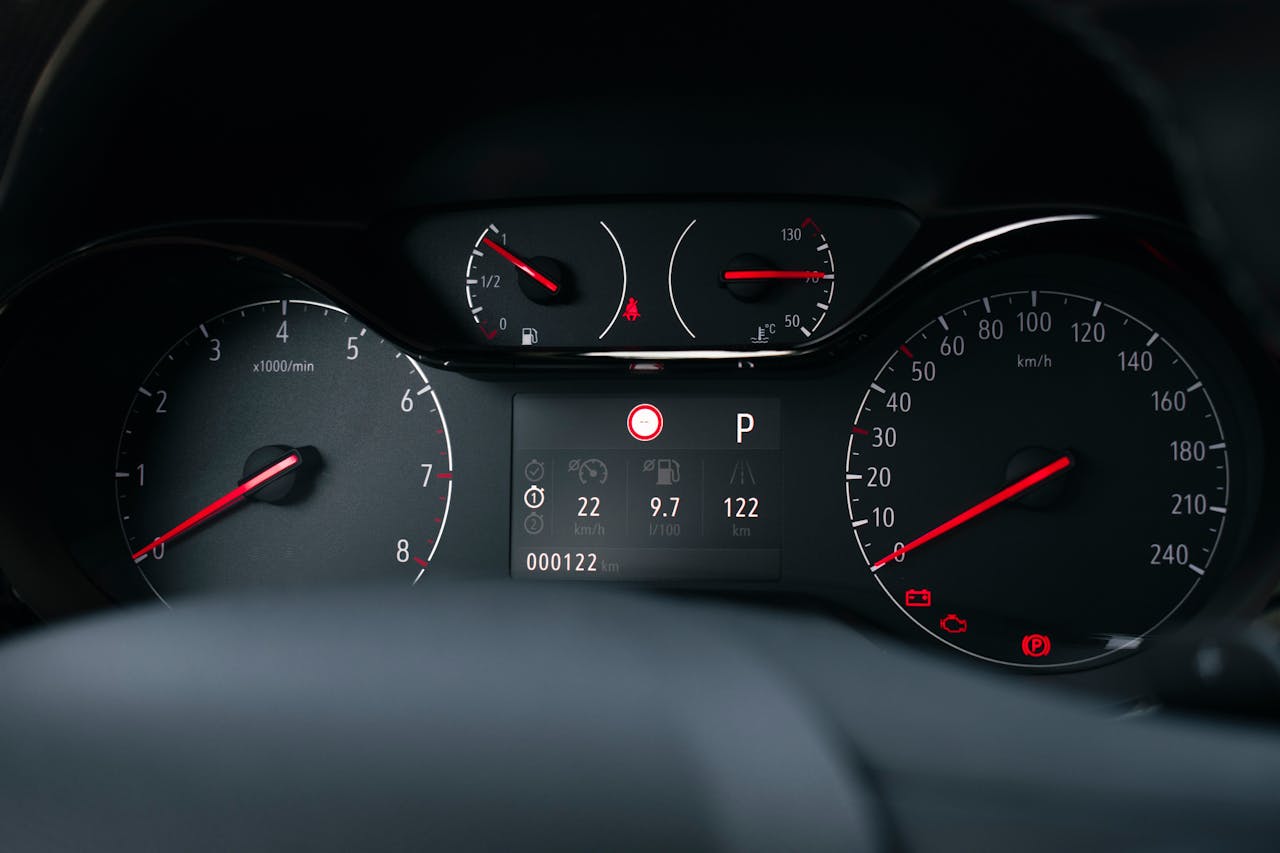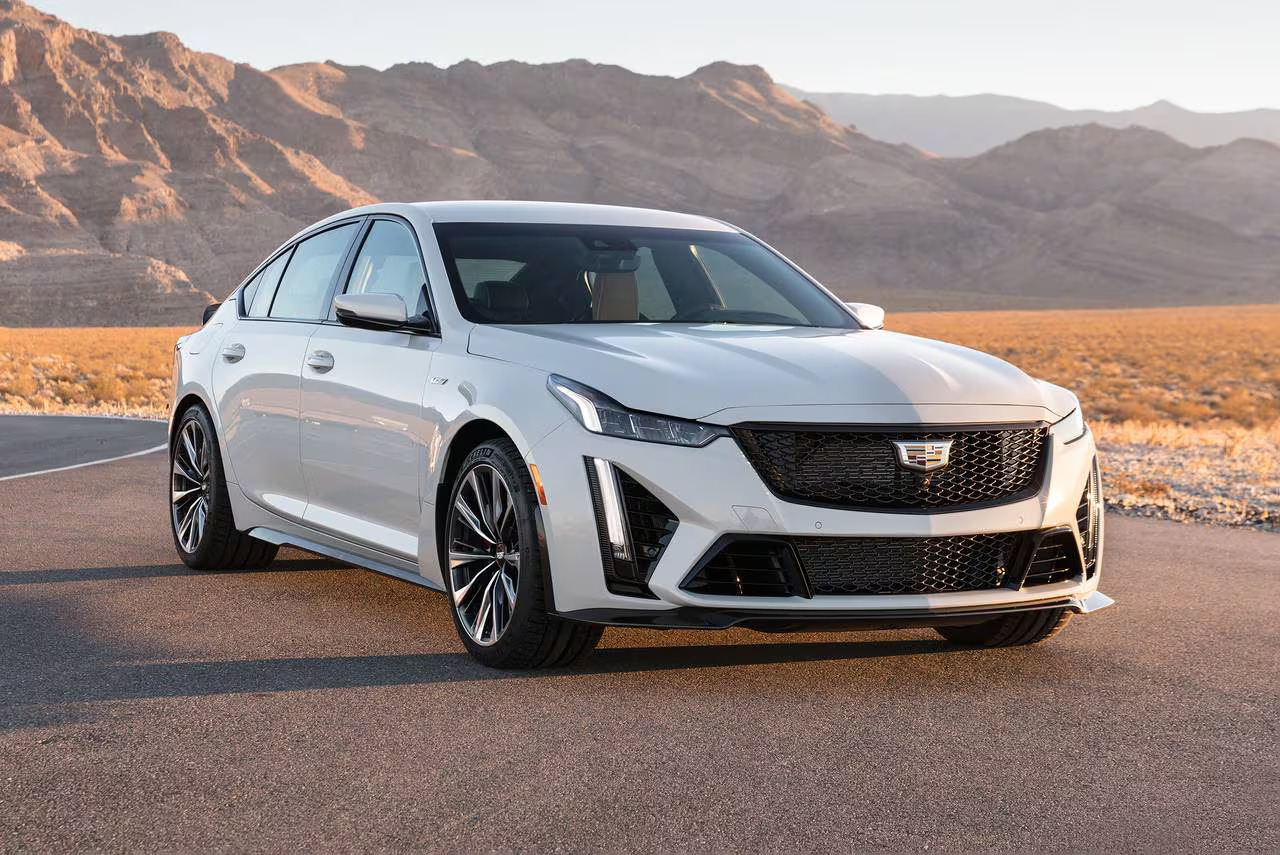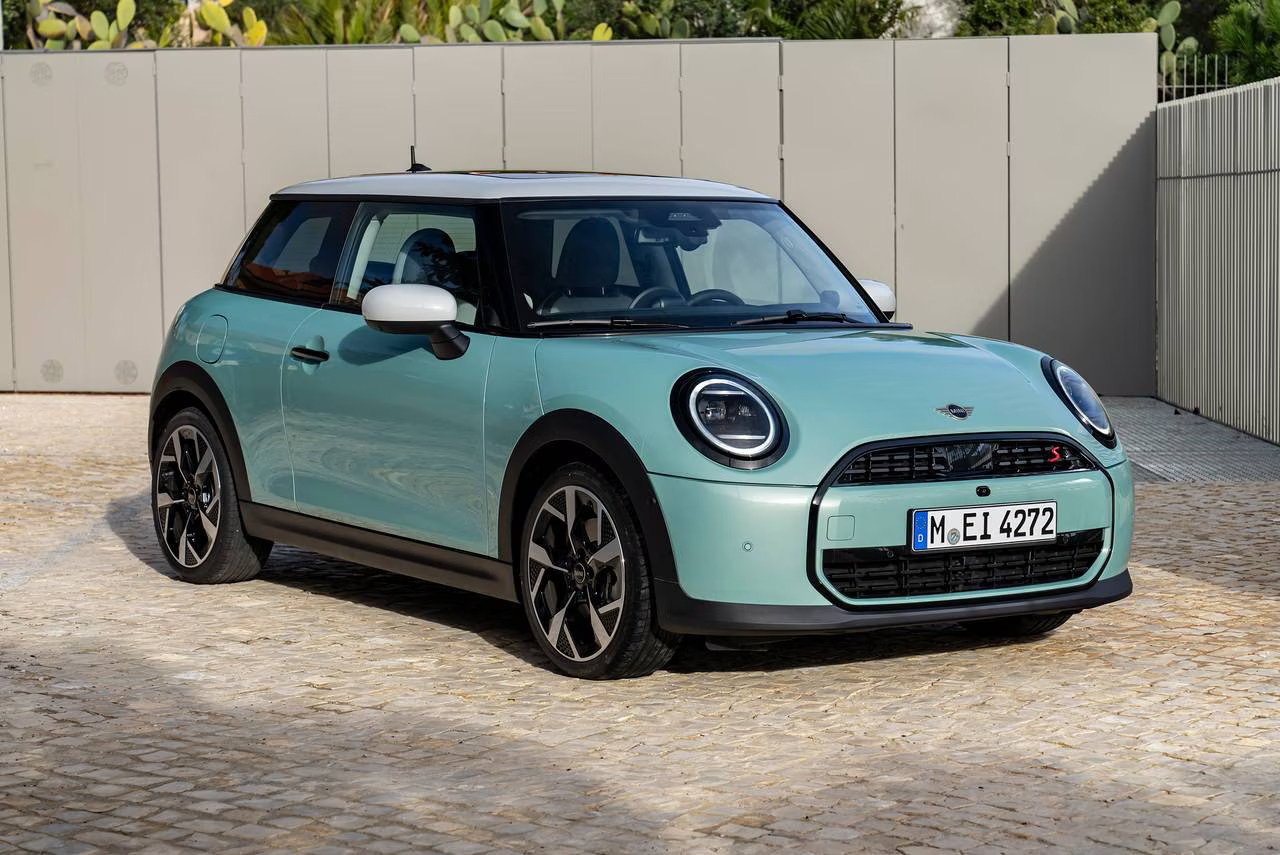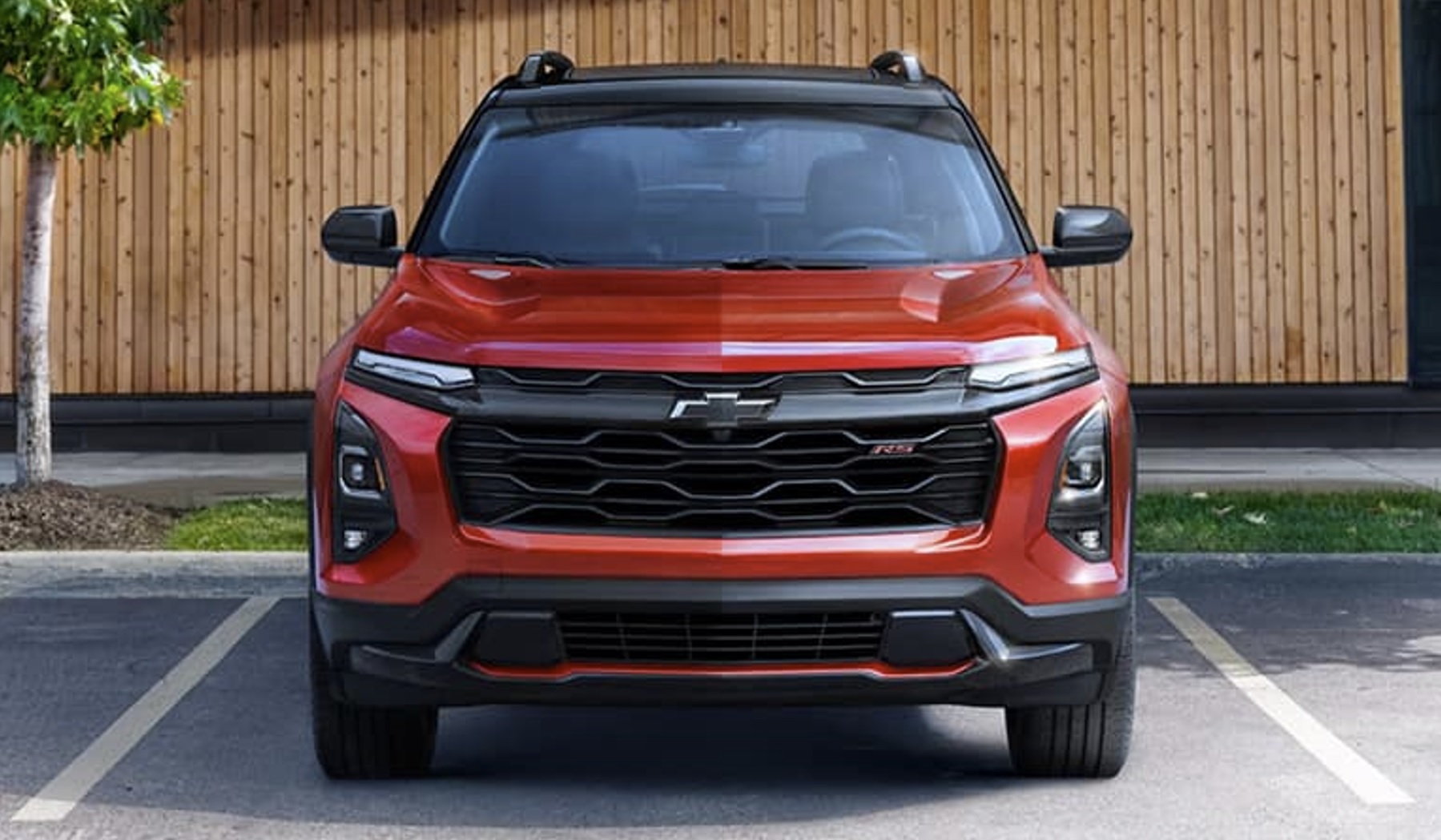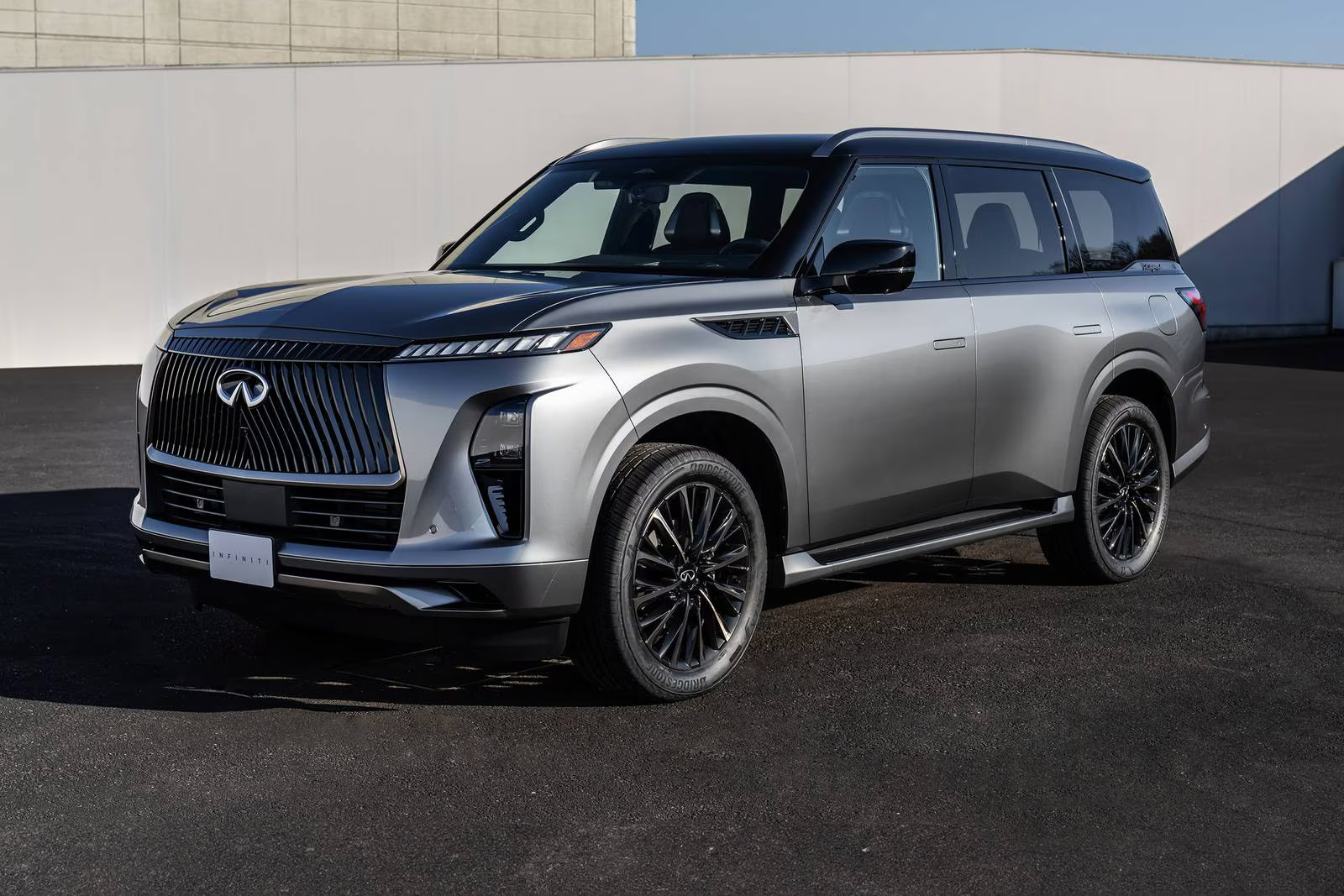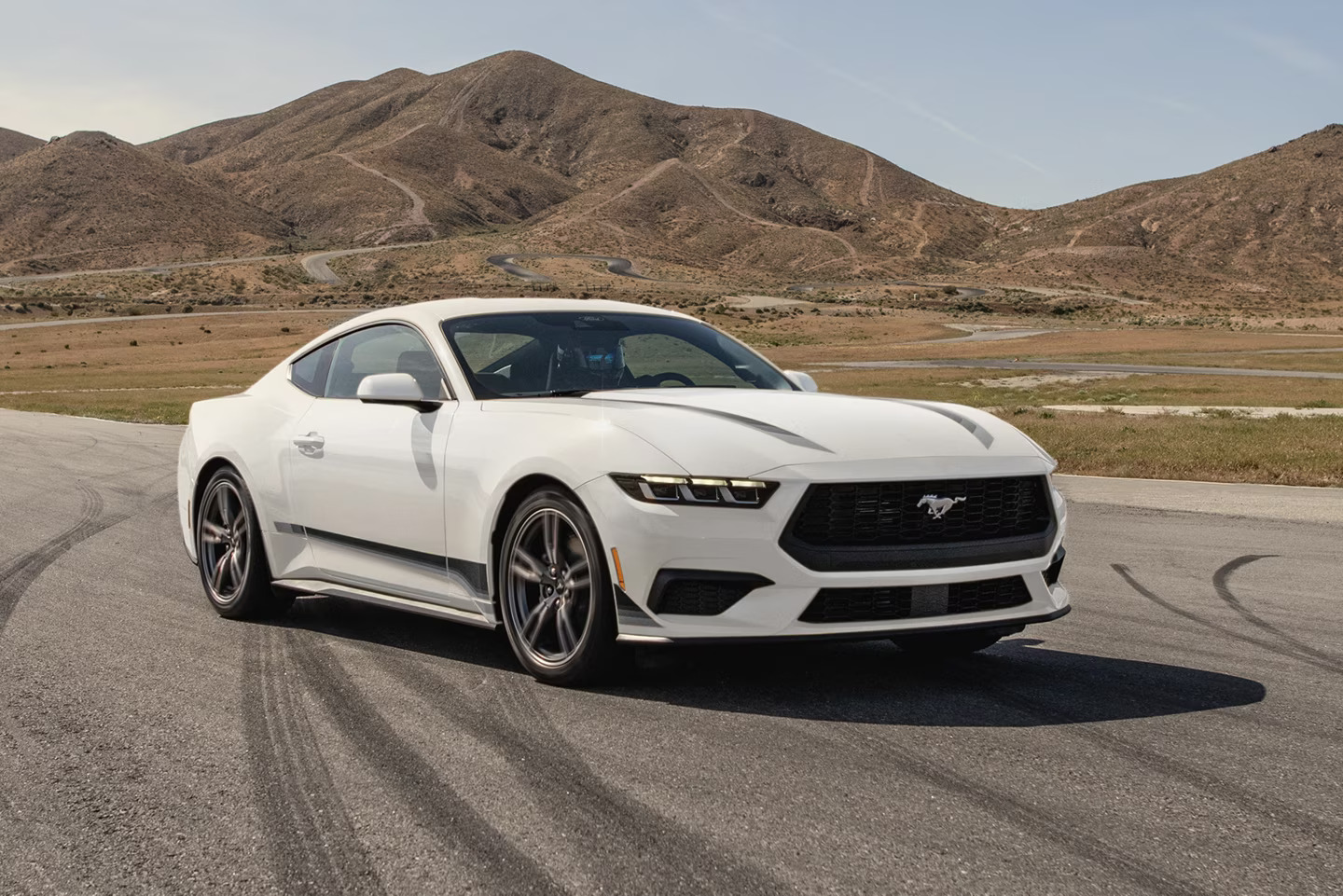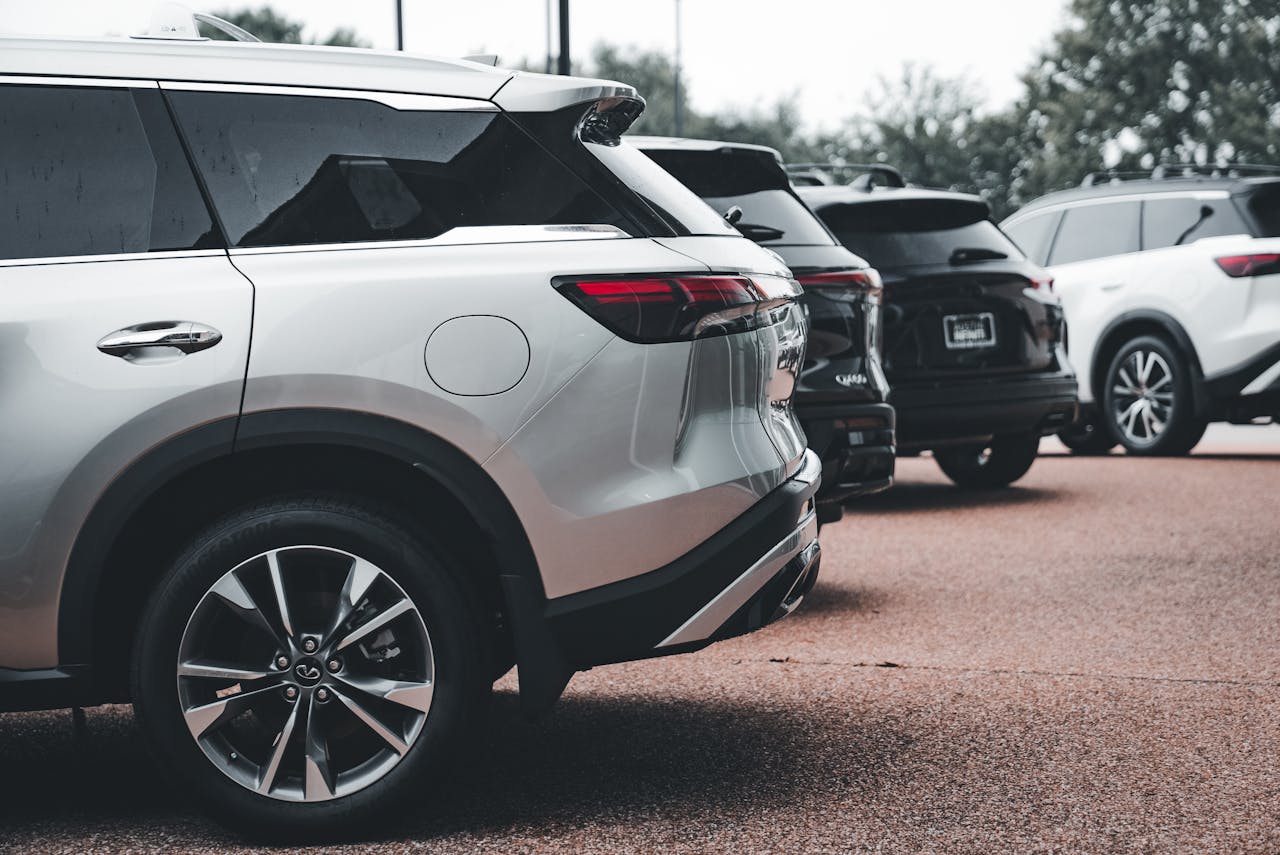12 Warning Signs That Indicate It’s Time to Buy a New Vehicle If Your Old Car Has These Problems
7 Things You Should Never Leave in Your Car During Winter
7 Things You Should Never Leave in Your Car During Winter

Winter brings a whole new set of challenges for car owners, and it’s not just about keeping your engine running smoothly. When the temperatures drop, leaving certain items in your car can lead to damage, safety risks, and unnecessary expenses. Whether you’re running errands or just parked for a while, some belongings should never be left inside your car during the winter months. From electronics to medications, the cold can affect more than just your car. Here are seven things you should always take with you instead of leaving in your vehicle during the winter.
1. Electronics and Gadgets

You might think your smartphone or tablet can handle the cold, but extreme temperatures can do serious damage to your electronics. The batteries in devices like smartphones, cameras, and laptops can freeze and lose their charge more quickly when exposed to frigid temperatures. In some cases, condensation inside your device when you move it from the cold car to a warm place can short-circuit internal components, making it unusable. Not to mention, leaving electronics in your car can make them easy targets for thieves. The best way to protect your gadgets is to keep them inside where it’s warm and safe.
2. Bottled Water and Beverages

It might seem harmless to leave a bottle of water or a beverage in your car, but the cold can cause big problems. When liquids freeze, they expand, which can cause plastic bottles to crack or burst. Glass bottles are even more vulnerable, as the liquid inside them can freeze and shatter the container. Besides creating a mess, frozen beverages lose their taste and can be unsafe to consume after they’ve been thawed and refrozen. To prevent this from happening, always bring your drinks indoors when you leave your car.
3. Medications

Your health should always come first, and that means taking extra care with your medications during the winter. Many medications, especially liquids like insulin, are temperature-sensitive and can lose their effectiveness or even become dangerous if exposed to extreme cold. The cold can cause condensation to form in medication containers, potentially leading to mold or degradation of the product. Keep your medications in a temperature-controlled environment to ensure they remain safe and effective. If you’re traveling with them, make sure they stay with you in a warm bag or pocket.
4. Canned Foods

While canned foods are great for stockpiling emergency supplies, they don’t fare well in freezing temperatures. The liquid inside the can can expand as it freezes, causing the can to bulge or even burst open. Even if the can doesn’t break, freezing can alter the texture and taste of the food inside. This can lead to an unpleasant eating experience or, worse, food that’s no longer safe to consume. To avoid dealing with these problems, keep canned goods inside your home or in a temperature-stable location, especially during the colder months.
5. Aerosol Cans

Aerosol cans, like deodorants, air fresheners, or spray paints, should never be left in your car when the weather turns cold. The pressurized contents inside the cans are vulnerable to temperature extremes. When exposed to freezing temperatures, the internal pressure can decrease, and if the can warms up or is shaken, it could cause an explosion. Not only could this create a mess, but it could also be hazardous. For your safety and to protect your car, always store aerosol products in a warm place away from extreme temperature fluctuations.
6. Musical Instruments

If you’re a musician, your instruments are probably some of your most prized possessions. Cold temperatures can wreak havoc on musical instruments, especially those made of wood or metal. Wood can crack or warp when exposed to the cold, while metal parts can contract and become brittle. For stringed instruments, like guitars, the tension in the strings can change due to the temperature, making it difficult to tune properly and even damaging the instrument. Condensation can also form inside the instrument when moving it from the cold to a warm environment, which can cause internal damage. To preserve the integrity of your musical instruments, always store them indoors where the temperature remains stable.
7. Perishable Groceries

When you leave perishable items, such as dairy, meat, or fresh produce, in your car during winter, you risk damaging them beyond repair. While it might seem like the cold temperature could preserve the food, freezing temperatures can cause fruits and vegetables to become mushy and unappetizing once thawed. Dairy products can also spoil, and the texture of meats can change, making them unsafe to eat. Moreover, if your car heats up during the day or if temperatures fluctuate, it can cause the food to thaw and refreeze, which can lead to bacterial growth. Always bring perishable groceries indoors as soon as you can to ensure they remain fresh and safe.
Final Thoughts

While winter may be the perfect time for hot cocoa and cozy moments indoors, it’s also a season to take extra care with the items you leave in your car. From electronics that could malfunction to medications that could lose their effectiveness, the cold can damage more than just your vehicle. By remembering to take these seven items with you instead of leaving them in your car, you can protect your belongings, save money on replacements, and keep your car organized and safe. So, the next time you’re headed out in freezing temperatures, make sure to double-check your car and take these essentials with you.
10 Eco-Friendly Cars That Will Save You Money Over Time
10 Eco-Friendly Cars That Will Save You Money Over Time
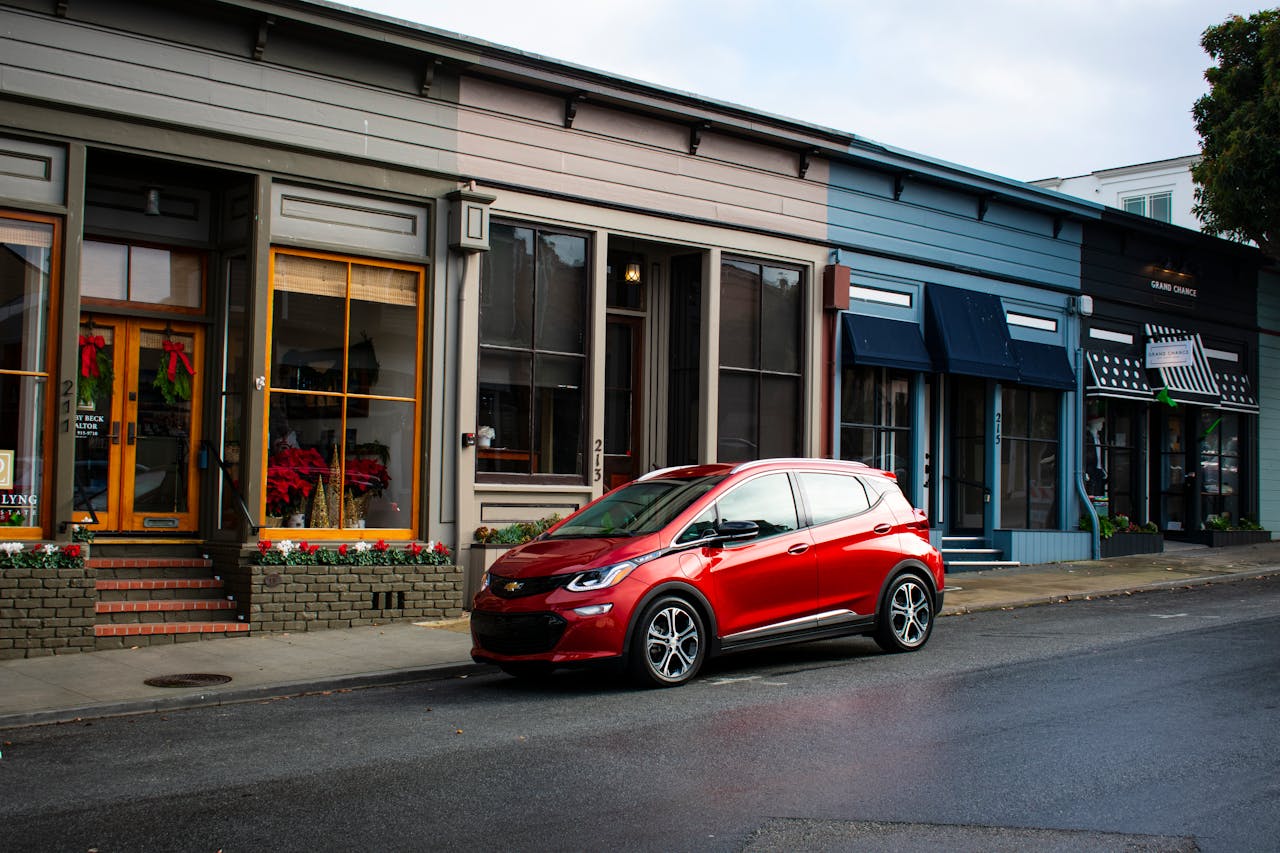
As sustainability becomes a priority for many of us, eco-friendly cars are rapidly gaining traction, offering the dual benefits of saving money and reducing environmental impact. From hybrids to fully electric models, these vehicles are designed to help you cut down on fuel and maintenance costs while embracing a more sustainable lifestyle. If you’re considering an eco-friendly car that pays off in the long run, here’s a roundup of ten top options that balance performance, efficiency, and savings.
1. Toyota Prius
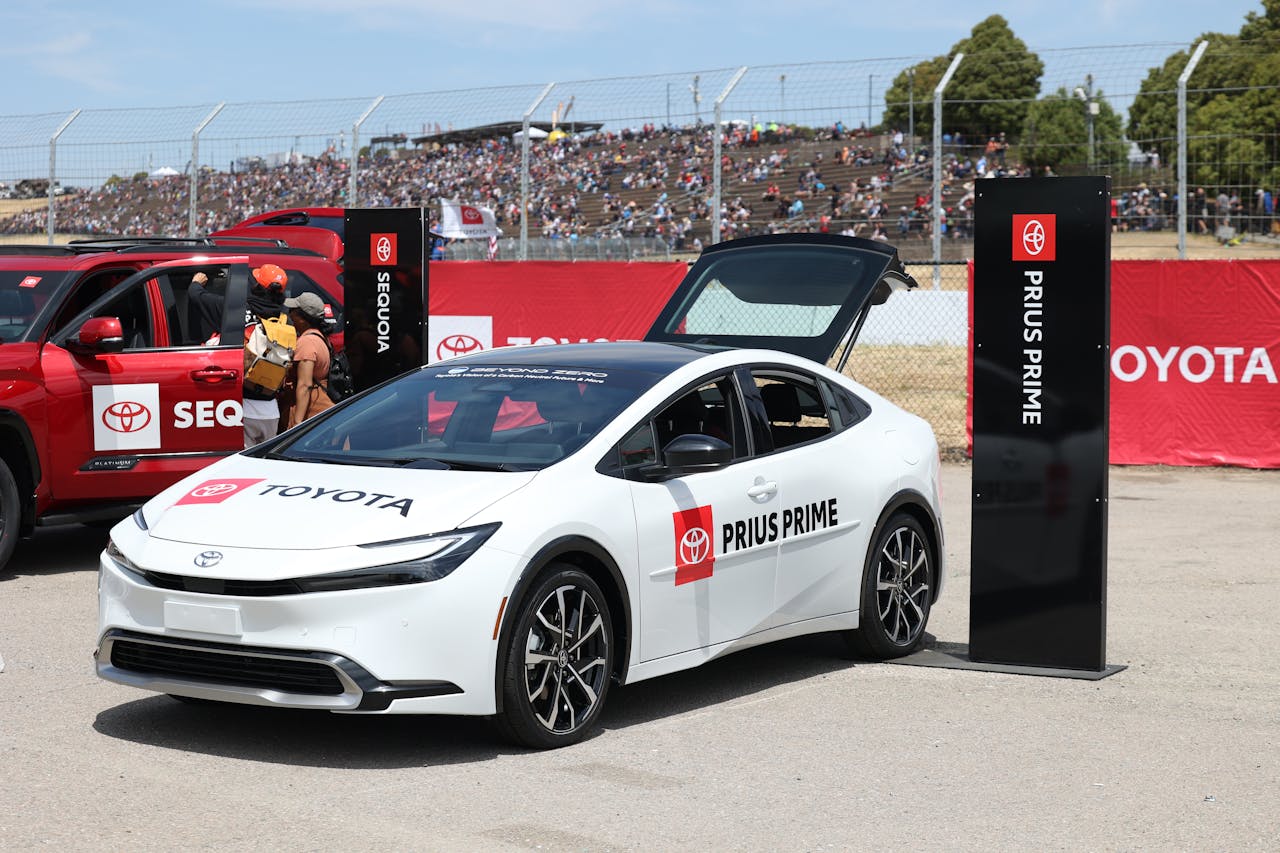
The Toyota Prius is an iconic choice in the hybrid car market, known for its high fuel efficiency and reliable reputation. With an EPA rating of about 56 mpg combined, the Prius allows drivers to make fewer stops at the gas station, reducing fuel expenses significantly. The Prius’s environmentally-friendly design has attracted countless eco-conscious drivers over the years, and its strong resale value further boosts long-term savings. If you’re seeking a budget-friendly, dependable hybrid, the Prius remains a smart investment.
2. Honda Insight
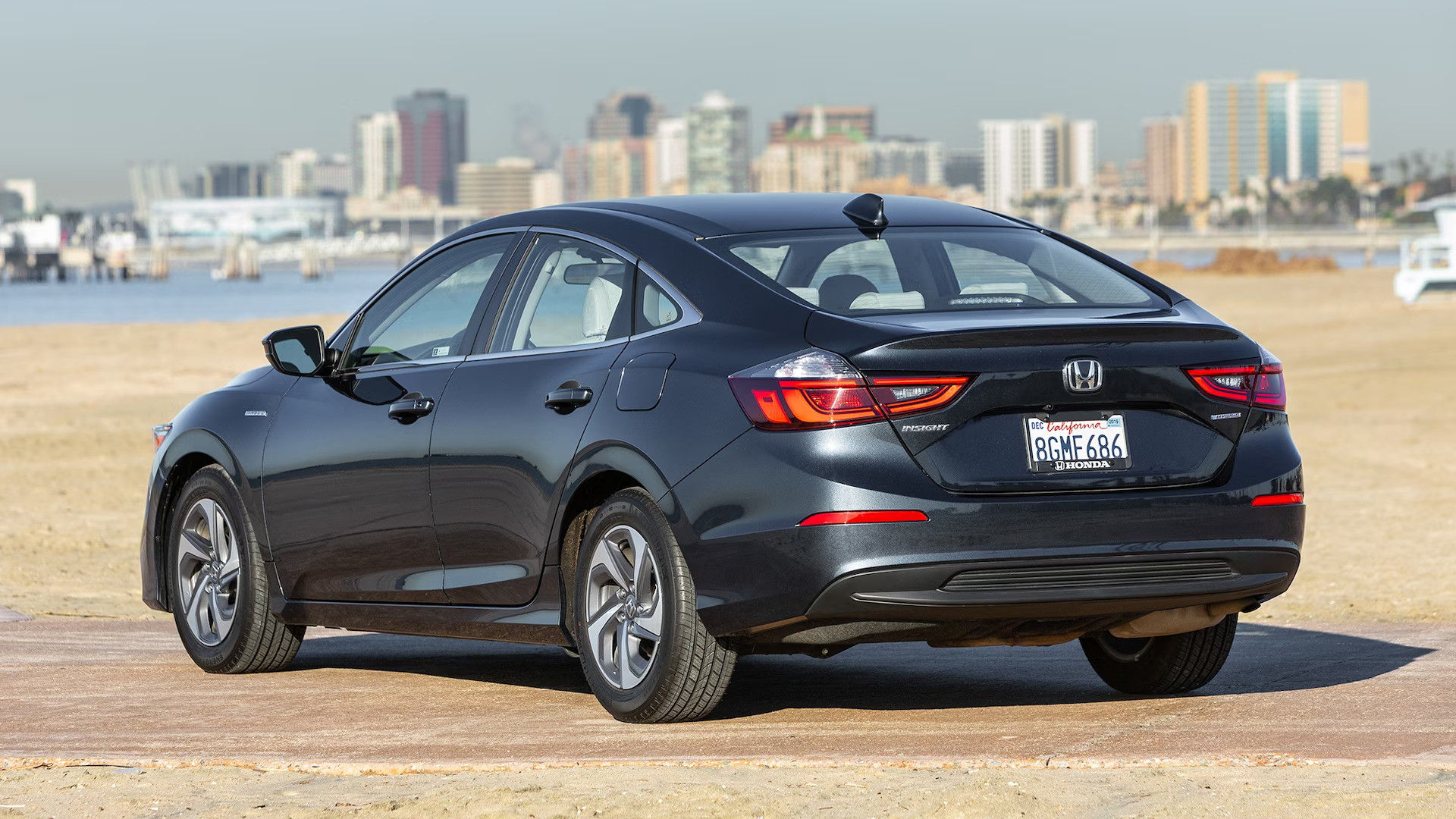
The Honda Insight merges sleek style with exceptional fuel efficiency, achieving an impressive 52 mpg combined. This compact hybrid sedan is comfortable, spacious, and well-equipped with Honda’s latest safety technology, making it ideal for individuals or families who prioritize both savings and sustainability. Lower maintenance costs and potential tax incentives for hybrid vehicles make the Insight a wallet-friendly choice that aligns with green values, helping you drive efficiently and affordably.
3. Tesla Model 3

Tesla’s Model 3 has set a new standard in the electric vehicle market with its long range, advanced features, and affordability. Offering a range of over 350 miles on a single charge, the Model 3 minimizes the need for frequent recharging, and Tesla’s expansive Supercharger network makes long-distance travel a breeze. Electric vehicles like the Model 3 save significantly on fuel and have fewer moving parts, leading to reduced maintenance costs. With additional incentives for electric vehicles, the Model 3 is an outstanding choice for those looking to maximize savings in the long term.
4. Hyundai Ioniq Electric
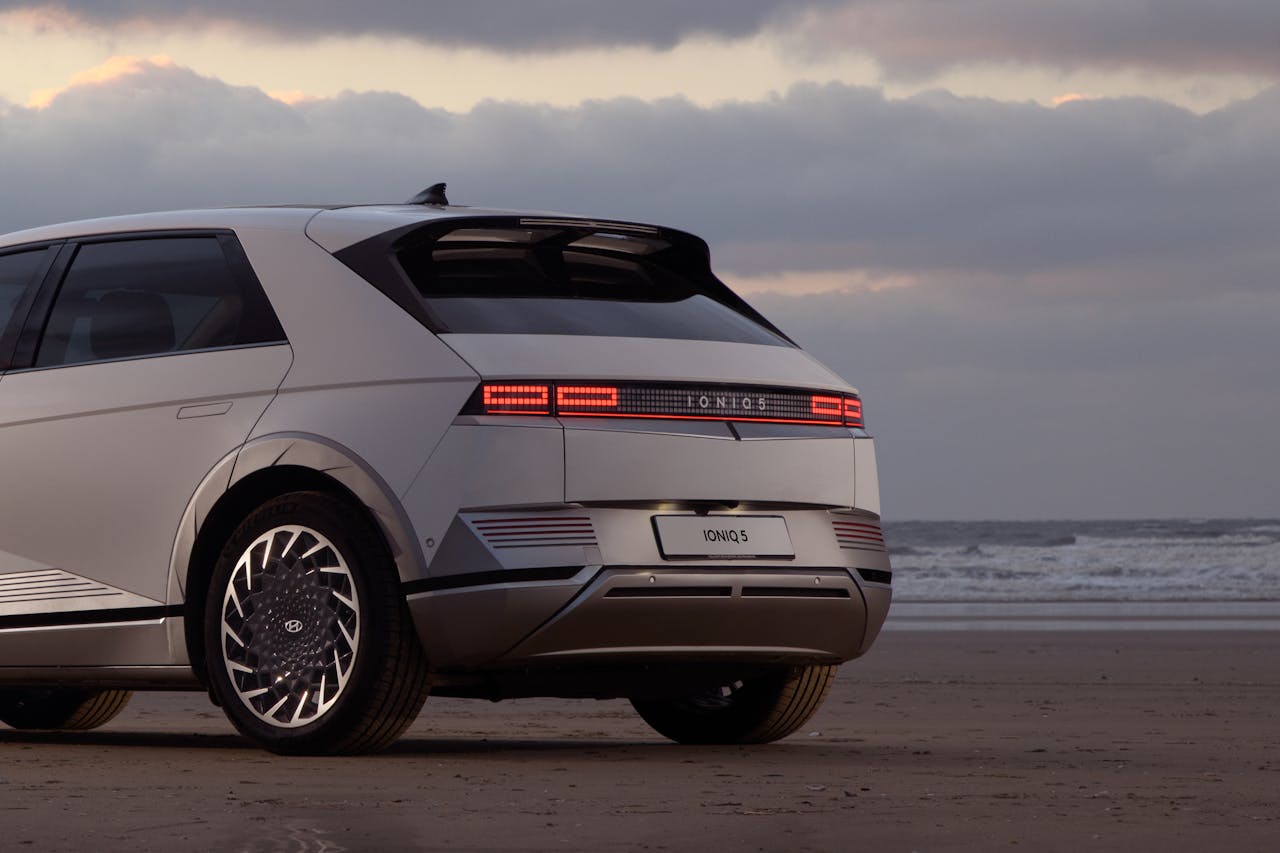
The Hyundai Ioniq Electric is a budget-friendly all-electric vehicle offering impressive efficiency in a sleek, modern design. With a range of about 170 miles per charge, it’s perfect for daily commuting and local trips. The Ioniq Electric is packed with features, including advanced safety technology and a user-friendly infotainment system. With minimal fuel expenses and lower maintenance needs typical of electric cars, the Ioniq Electric stands out as a practical option for those committed to eco-conscious savings.
5. Nissan Leaf
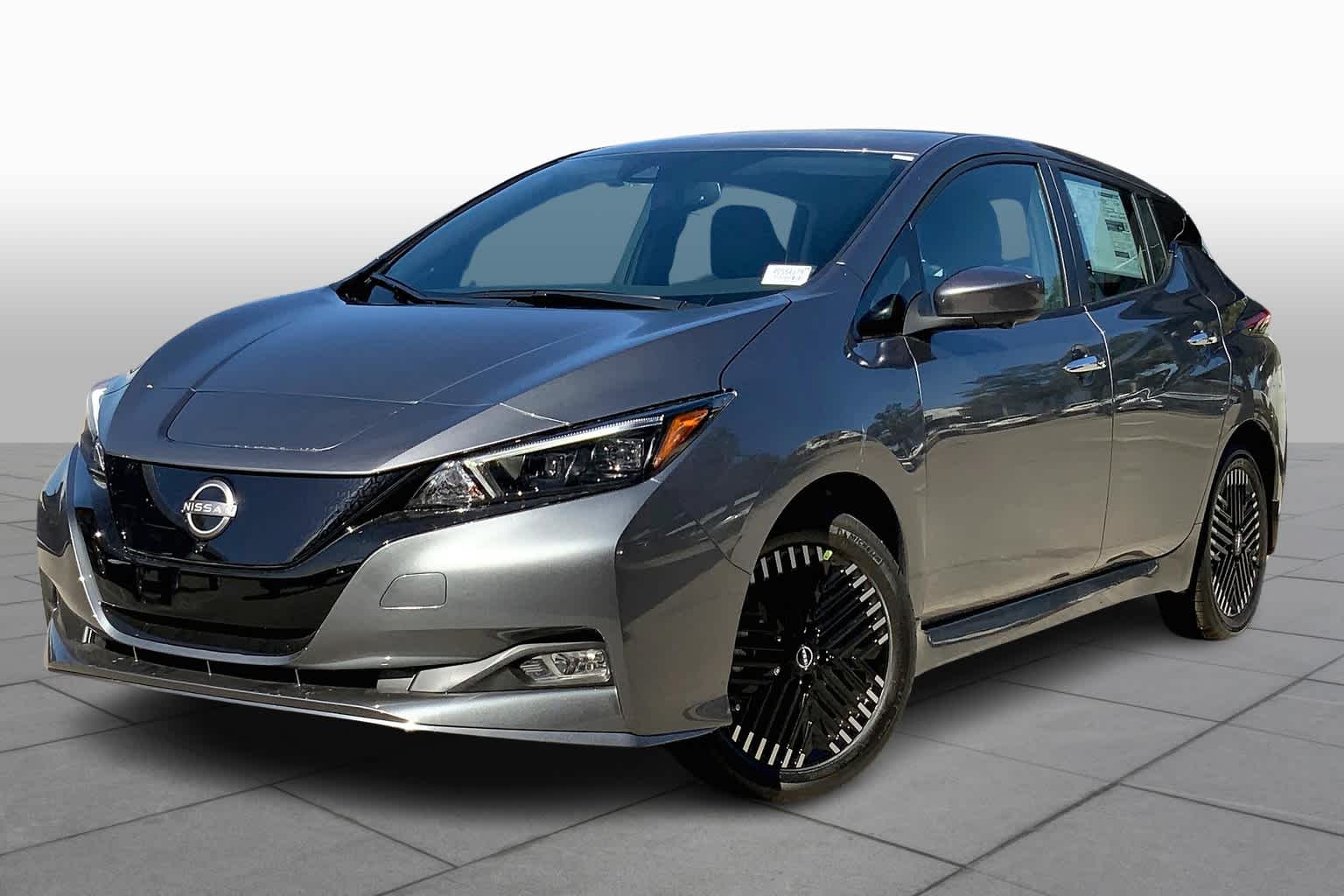
The Nissan Leaf is one of the best-selling electric cars in the world, known for its affordability and reliability. Offering up to 226 miles on a single charge, the Leaf is great for both city driving and longer commutes. Its spacious interior and generous cargo capacity make it a versatile choice for families and individuals alike. Choosing the Leaf means taking advantage of federal tax credits, reduced charging expenses, and lower maintenance fees, making this car a solid choice for budget-minded, eco-friendly drivers.
6. Kia Niro Hybrid
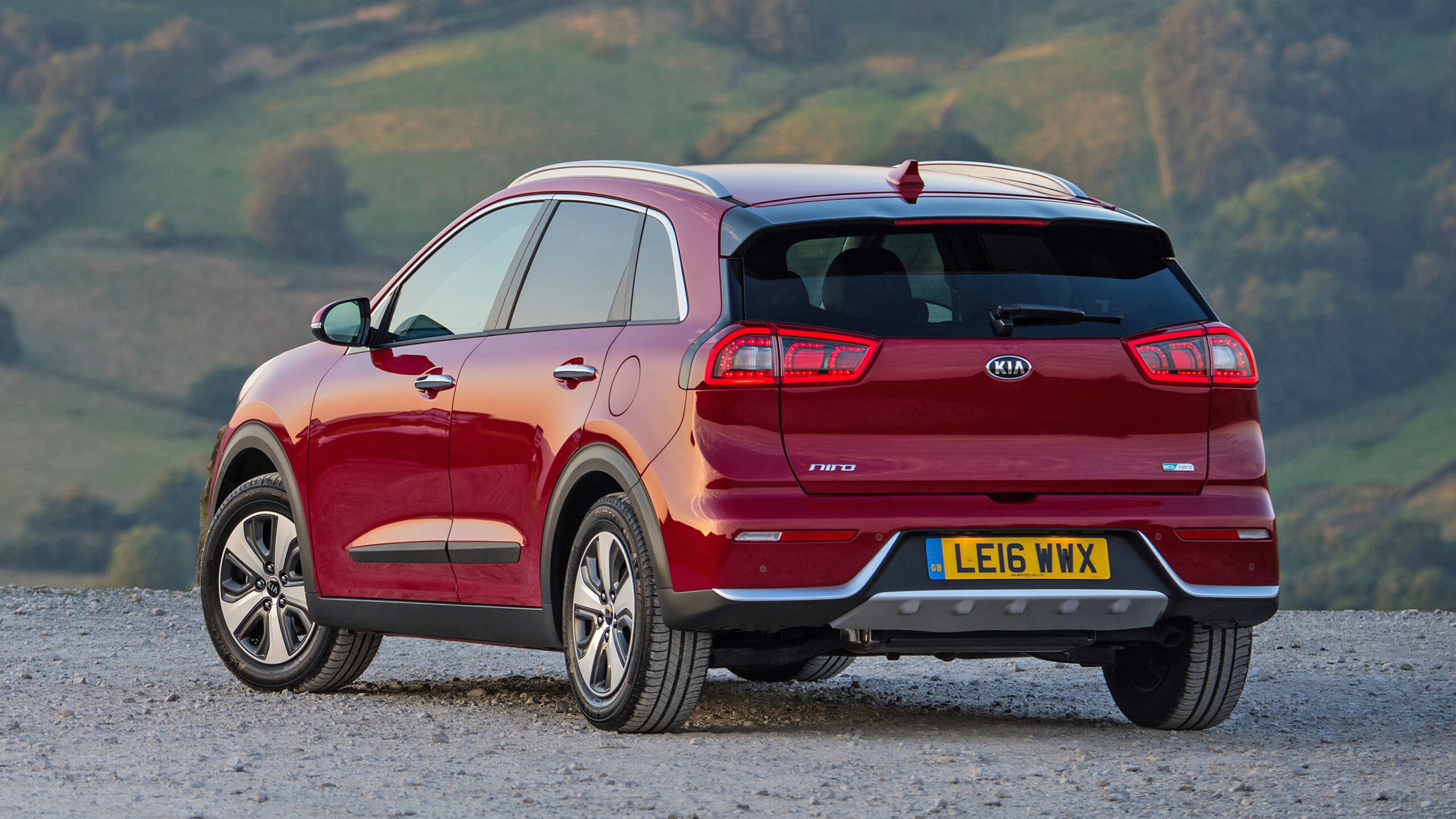
The Kia Niro Hybrid combines the versatility of an SUV with the fuel efficiency of a hybrid, achieving up to 50 mpg combined. Designed for drivers who want the practicality of a crossover without high fuel costs, the Niro offers a spacious interior and substantial cargo room, making it an excellent option for families. Kia’s generous warranty coverage reduces long-term maintenance costs, adding to the vehicle’s appeal as an affordable eco-friendly choice for anyone who needs both space and savings.
7. Ford Mustang Mach-E
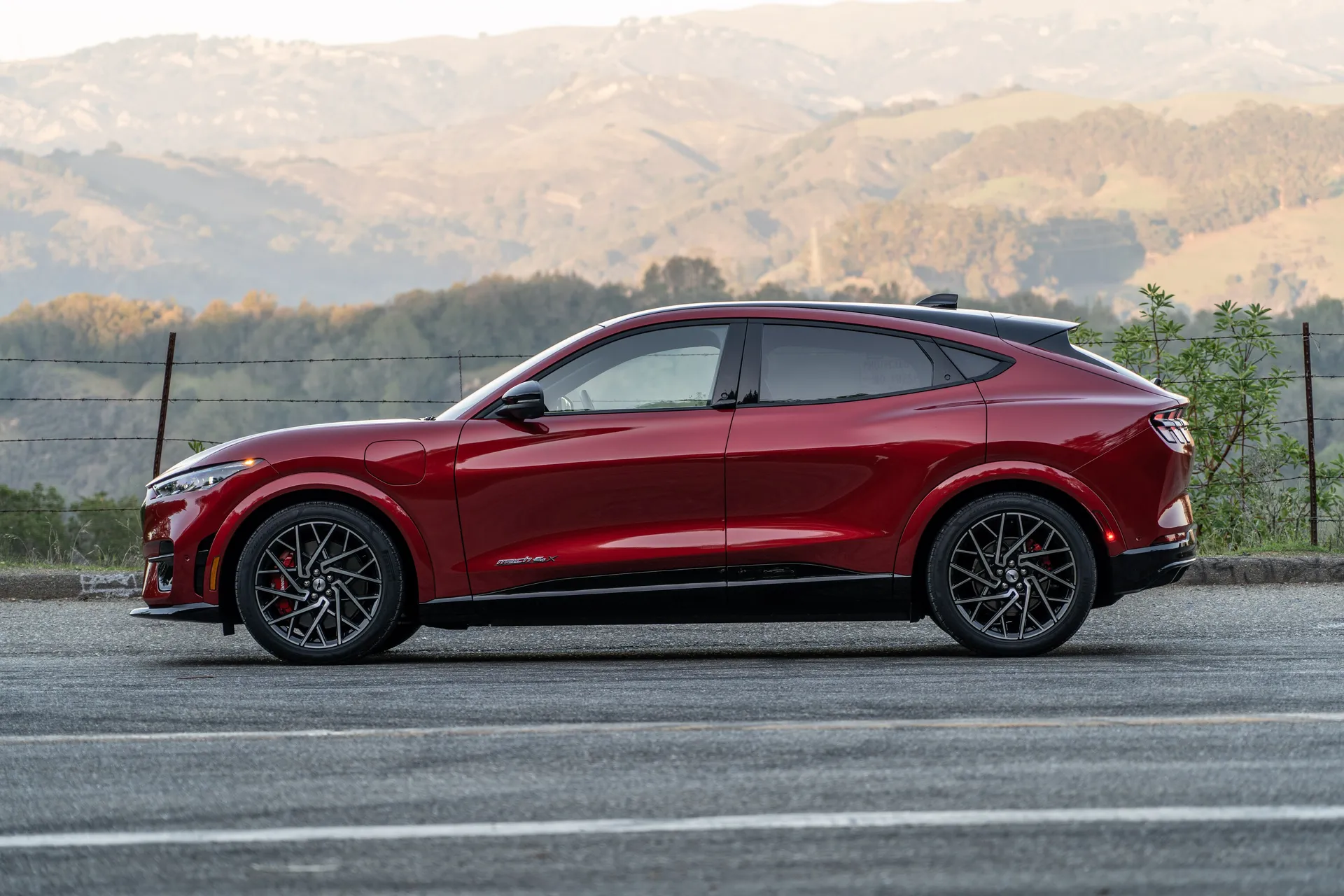
Ford’s Mustang Mach-E brings the iconic Mustang brand into the electric vehicle era, combining a thrilling driving experience with sustainability. With up to 300 miles of range, the Mach-E makes both everyday driving and weekend adventures seamless. The SUV’s dynamic performance adds a fun factor, making it ideal for those who value both power and environmental impact. Alongside fuel savings, the Mach-E’s reduced maintenance requirements make it a wise investment for eco-conscious enthusiasts who want a spirited ride without a hefty environmental toll.
8. Chevrolet Bolt EV

The Chevrolet Bolt EV is a compact electric vehicle that excels in range and affordability, offering around 259 miles on a single charge. With a spacious interior and versatile cargo area, the Bolt EV is perfect for practical eco-conscious drivers. The lower fuel expenses and minimal maintenance needs associated with electric vehicles make the Bolt EV an economical choice, combining budget-friendly driving with sustainability.
9. Subaru Crosstrek Hybrid
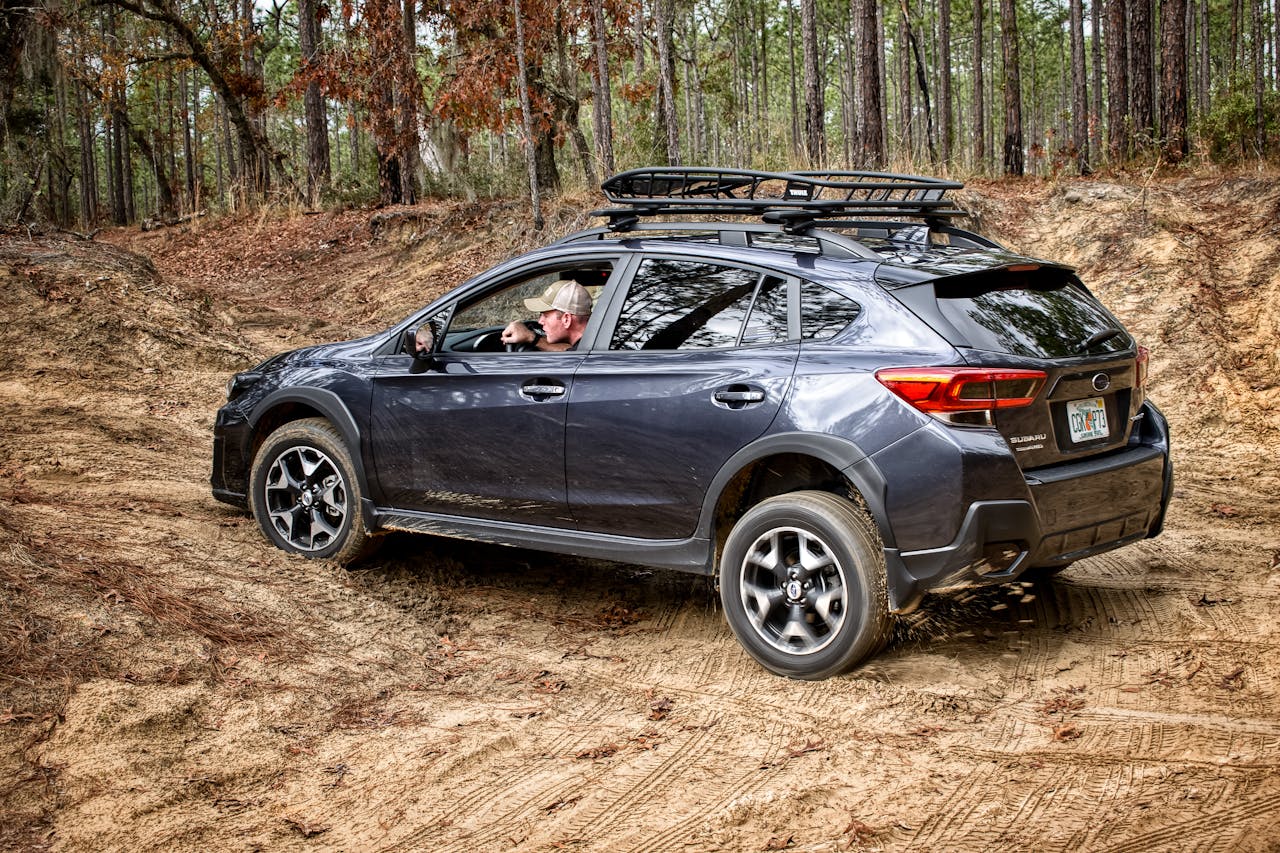
The Subaru Crosstrek Hybrid offers the best of both worlds, blending hybrid technology with Subaru’s popular all-wheel-drive capability. This compact SUV reaches about 90 MPGe, catering to drivers who need both efficiency and versatility. Ideal for outdoor lovers, the Crosstrek Hybrid can handle various terrains with ease, and its fuel-saving features help reduce overall costs. Subaru’s reputation for durability, combined with its lower fuel expenses, make the Crosstrek Hybrid a practical eco-friendly vehicle for long-term savings.
10. Volkswagen ID.4
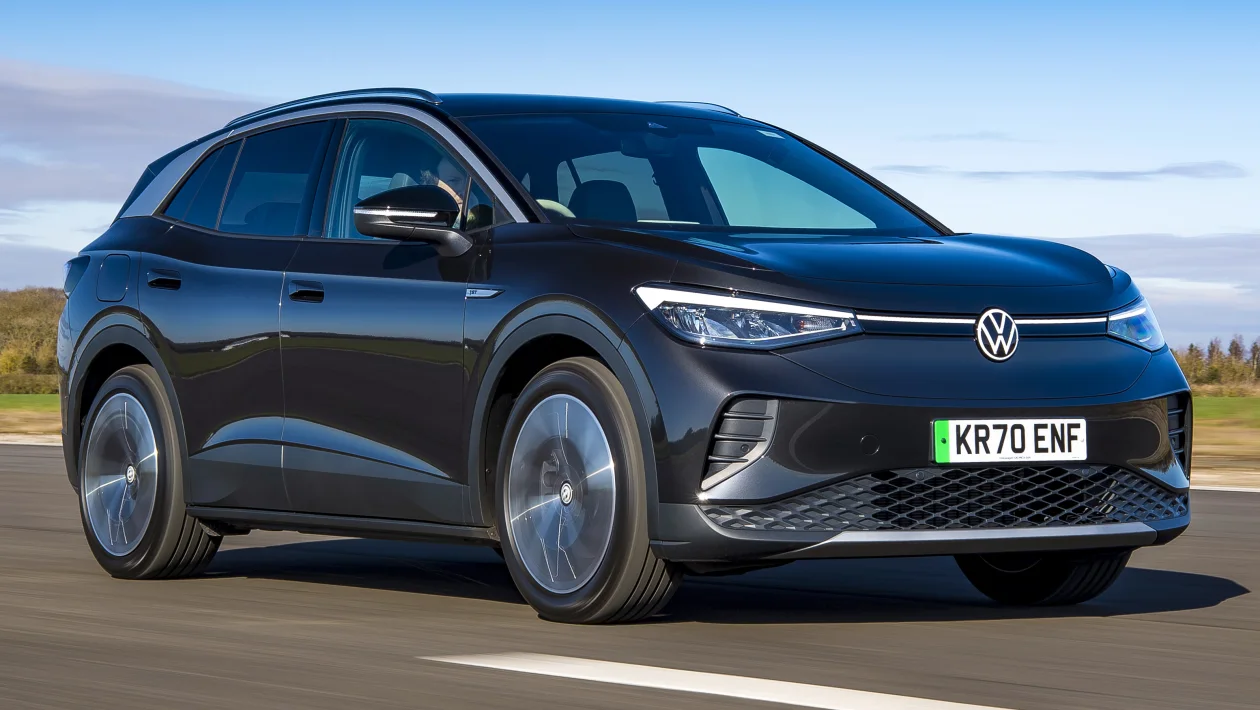
The Volkswagen ID.4 is a stylish all-electric SUV with a range of up to 250 miles, making it ideal for everyday commutes and family trips. This spacious and tech-forward vehicle includes advanced features, plenty of room, and a commitment to sustainability. By choosing the ID.4, drivers can enjoy significant fuel savings and lower maintenance costs typical of electric vehicles, offering an ideal solution for environmentally-conscious consumers looking to reduce expenses over time.
Final Thoughts

Switching to an eco-friendly car can bring about substantial fuel and maintenance savings while helping reduce your carbon footprint. The vehicles featured above are among the best in efficiency, innovation, and cost-effectiveness, offering something for everyone. Whether you’re interested in a hybrid for fuel efficiency or a fully electric car for zero emissions, investing in any of these options can lead to financial savings and a cleaner planet. Embrace the future of driving with these eco-friendly vehicles and enjoy a greener, more economical ride.
6 Cars You Should Buy Now Before Prices Skyrocket in 2025
6 Cars You Should Buy Now Before Prices Skyrocket in 2025

8 Smart Strategies for Seniors to Save Big on Car Insurance
8 Smart Strategies for Seniors to Save Big on Car Insurance

As you age, car insurance can become a substantial expense, but there are numerous ways seniors can lower their premiums while maintaining essential coverage. Insurance companies often provide discounts and specialized programs for older drivers, and by utilizing these opportunities, seniors can make significant savings. Here are eight effective strategies that will help you cut down on car insurance costs without compromising your coverage.
1. Shop Around and Compare Quotes

One of the most straightforward ways to reduce your car insurance premiums is to shop around and compare rates from different providers. Insurance companies calculate premiums based on various factors, including age, driving history, location, and vehicle type, which means rates can vary significantly between companies. As a senior, you may also be eligible for certain discounts that not all insurers offer. Taking the time to gather quotes from multiple insurers will allow you to find the best deal tailored to your needs. Comparison tools and websites make this process quick and easy, and it’s worth reviewing your policy annually to ensure you’re not overpaying.
2. Look for Senior Discounts

Many insurance companies offer senior-specific discounts, which typically begin for drivers around the age of 55. These discounts recognize that older drivers tend to be more experienced and often drive fewer miles. Be sure to ask your insurance provider whether they offer discounts for mature drivers and what requirements must be met to qualify. These savings can be automatic as you age, or you may need to request the discount directly. Regardless, taking advantage of senior discounts can lead to significant reductions in your premiums, so it’s important to ask and stay informed about what’s available.
3. Bundle Your Insurance Policies

If you own multiple types of insurance, bundling them with the same provider can lead to multi-policy discounts. Many insurance companies provide discounts when you combine your car insurance with home, renters, or life insurance. This is not only a convenient way to manage your policies, but it also typically results in substantial savings on your premiums. As a senior, bundling your policies can simplify your financial life and help you take advantage of lower overall costs, ensuring you get the best deal for all your insurance needs under one roof.
4. Complete a Defensive Driving Course

Taking a defensive driving course is another excellent way for seniors to save on car insurance. Many insurance companies offer discounts to policyholders who complete these courses, which help refresh driving skills, teach new road safety techniques, and reduce the risk of accidents. Defensive driving courses are often tailored specifically for senior drivers, and they’re available both online and in-person, making it convenient to enroll. Once you complete the course, you can present your certificate to your insurance provider to receive a discount that could last for several years. Besides the cost savings, these courses also help you stay safer on the road.
5. Keep a Clean Driving Record

Maintaining a clean driving record is one of the most effective ways to keep your car insurance premiums low. Seniors who avoid accidents, traffic violations, and claims are rewarded with lower rates over time. Many insurers offer discounts to drivers with a safe driving history, and some companies even provide accident forgiveness programs for drivers who have been claim-free for a certain period. Practicing safe driving habits and staying cautious on the road can prevent violations and accidents that would otherwise raise your premiums. The longer you maintain a clean record, the more you’ll save on car insurance.
6. Adjust Your Coverage to Match Your Driving Habits

As you enter retirement, your driving habits may change significantly, which means you may not need the same level of coverage as when you were commuting daily. For example, if you’re driving fewer miles, you may qualify for a low-mileage discount. Similarly, you can adjust your policy to remove coverage that you no longer need, such as rental car reimbursement or comprehensive coverage on an older vehicle. By reviewing your coverage annually and tailoring it to your current needs, you can avoid overpaying for unnecessary coverage and reduce your premiums while still staying protected on the road.
7. Raise Your Deductible

One way to lower your monthly premium is to raise your deductible, which is the amount you pay out of pocket before your insurance kicks in. While this does increase your financial responsibility in the event of an accident, it can significantly lower your monthly or annual premium. Seniors with a good driving record and a strong financial safety net may find that raising their deductible makes sense. If you rarely file claims and drive carefully, this strategy can lead to considerable savings over time, but it’s important to ensure you can cover the deductible if an accident occurs.
8. Consider Usage-Based Insurance Programs

Usage-based insurance (UBI) programs allow drivers to pay for insurance based on their actual driving habits. These programs use telematics devices or smartphone apps to track driving patterns, such as speed, mileage, braking, and time of day. For seniors who no longer drive as frequently or only take short trips, UBI can offer substantial savings. If you consistently demonstrate safe driving habits, you can receive lower rates based on your performance. This is an excellent option for seniors who are retired or semi-retired and drive less often, as you’ll only pay for the coverage you actually use.
Final Thoughts

Seniors don’t have to settle for high car insurance premiums—by using these eight strategies, you can significantly cut your costs without sacrificing coverage. Whether it’s shopping around for better rates, bundling policies, or taking a defensive driving course, each method offers a tangible way to lower your premiums. Additionally, adjusting your coverage to suit your driving habits and considering usage-based insurance can help you save even more. As a senior driver, it’s important to stay informed about your options and take advantage of every opportunity to reduce your insurance costs while staying protected on the road.
13 Car Features You Should Look for When Buying a Vehicle in Retirement
13 Car Features You Should Look for When Buying a Vehicle in Retirement
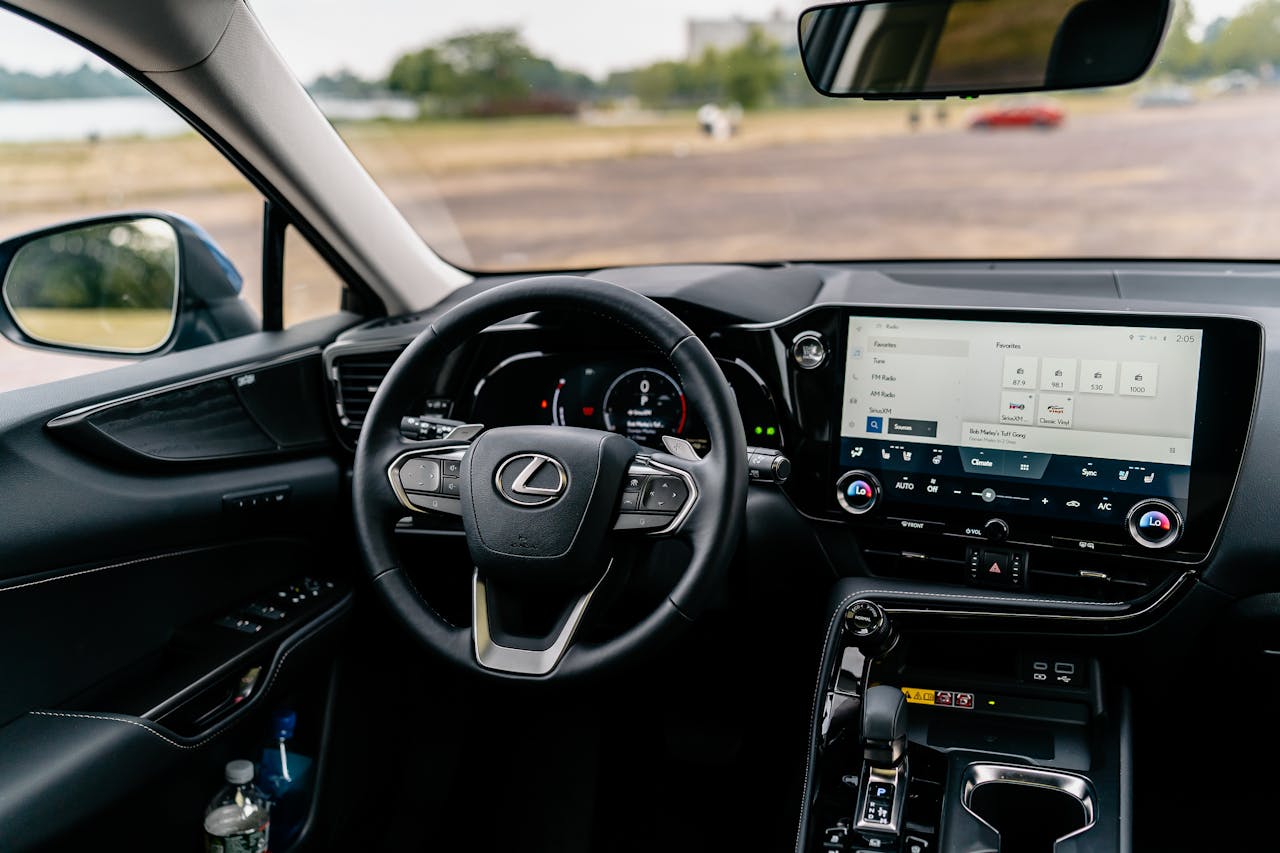
Retirement is an exciting time filled with new adventures, and choosing the right vehicle is crucial for making the most of your golden years. As you step into this new chapter of life, you may have different needs and priorities than when you were commuting to work every day. Selecting a vehicle that suits your lifestyle can enhance your travels, provide comfort, and ensure safety on the road. In this guide, we will explore the essential car features you should consider when buying a vehicle in retirement, helping you make an informed decision that suits your needs and preferences.
1. Safety Features
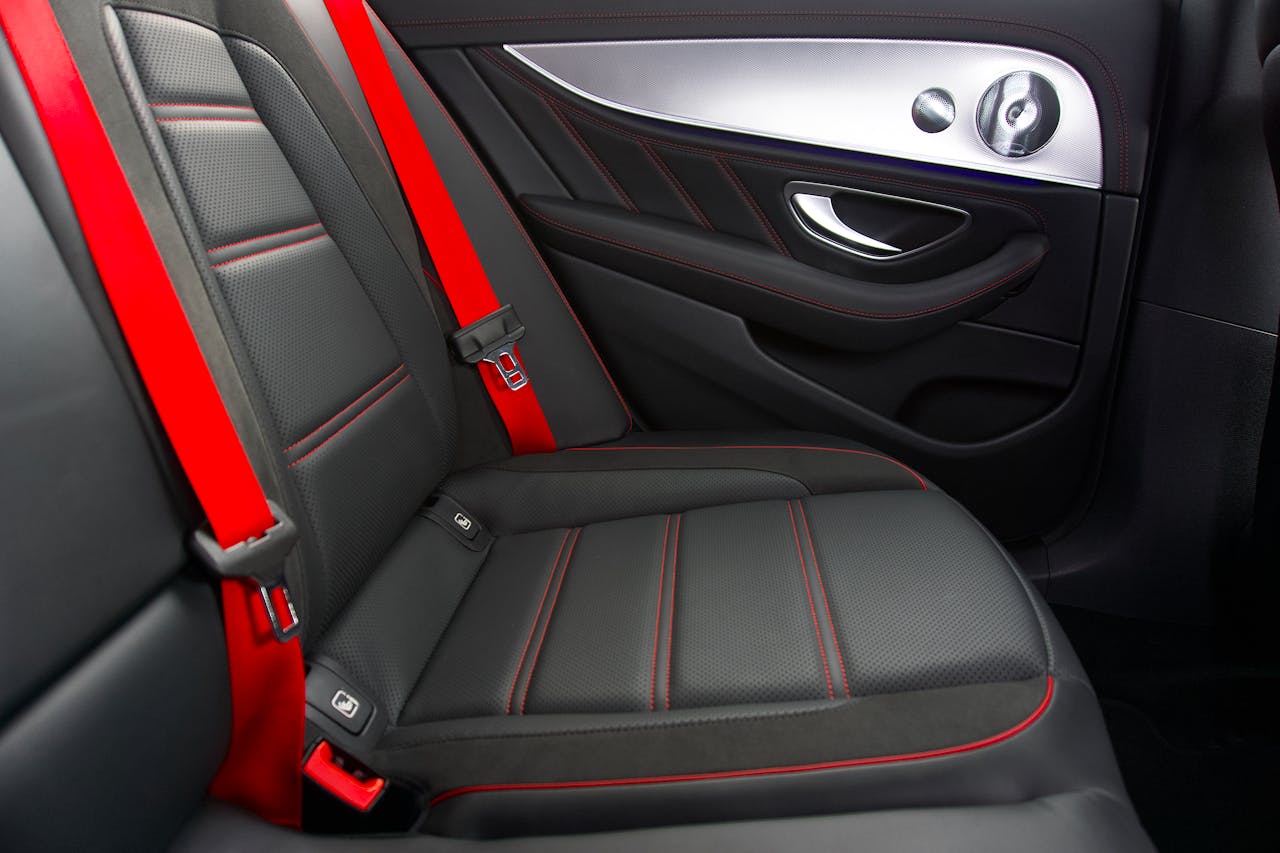
When it comes to choosing a vehicle for retirement, safety should be at the top of your list. Modern cars come equipped with a range of advanced safety features designed to protect you and your passengers. Look for vehicles that include adaptive cruise control, automatic emergency braking, lane departure warning, and blind-spot monitoring. These technologies can help prevent accidents and make driving more enjoyable. Additionally, check the vehicle’s crash test ratings from organizations like the National Highway Traffic Safety Administration or the Insurance Institute for Highway Safety to ensure it meets high safety standards.
2. Comfortable Seating

As we age, comfort becomes increasingly important during long drives or daily errands. Look for a vehicle with spacious, adjustable seating that provides adequate support for your back and legs. Features like heated and ventilated seats can enhance your driving experience in various weather conditions. Additionally, consider vehicles with a higher seating position, which can make getting in and out easier and provide better visibility on the road. Test-driving different models can help you determine which seating options feel most comfortable for your needs.
3. Fuel Efficiency

Retirement often means a fixed income, making fuel efficiency a significant consideration when choosing a vehicle. Opt for cars with high miles-per-gallon ratings, as they can save you money on fuel in the long run. Consider hybrid or electric vehicles, which typically offer better fuel efficiency compared to traditional gasoline engines. Not only will a fuel-efficient car lighten your financial load, but it can also reduce your carbon footprint, allowing you to travel sustainably as you explore the world.
4. User-Friendly Technology
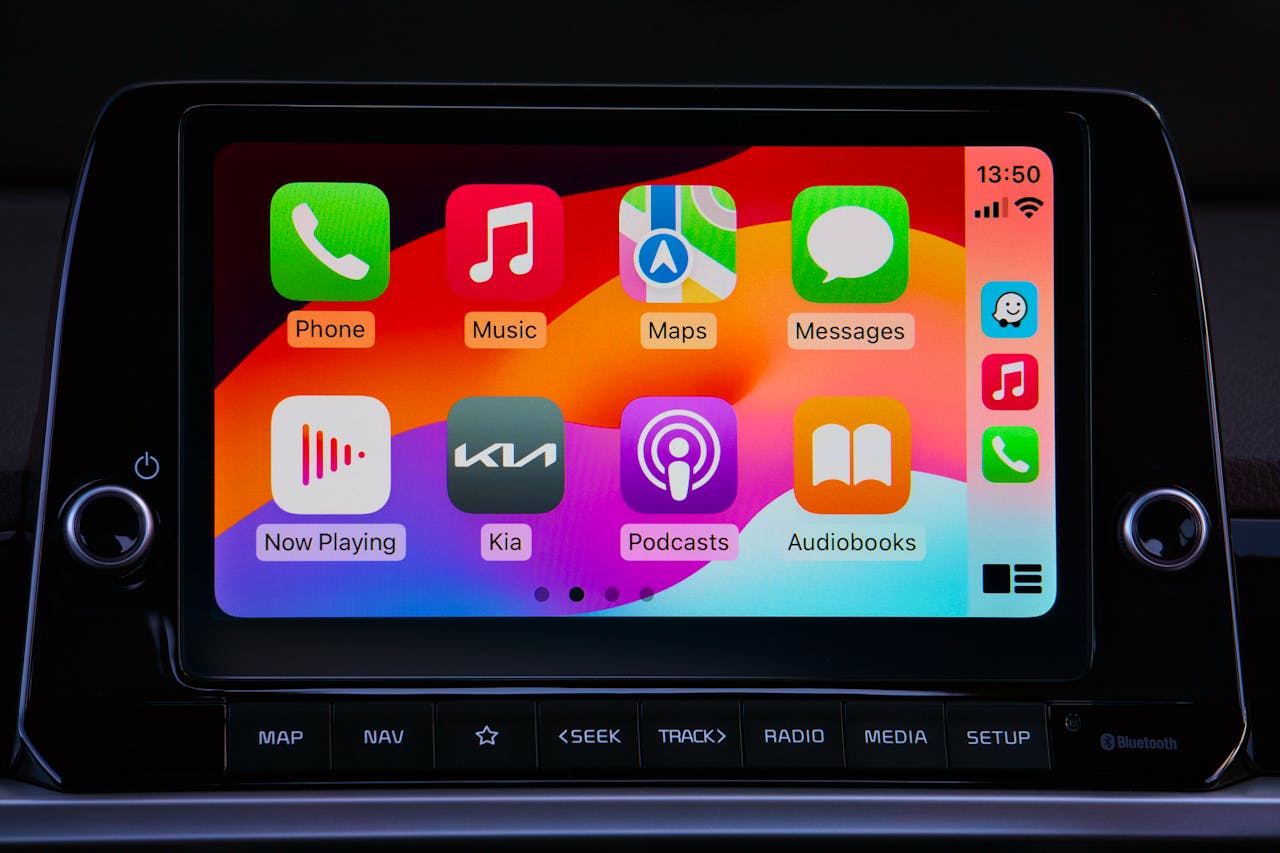
Technology can greatly enhance your driving experience, but it should also be easy to use. Look for vehicles with intuitive infotainment systems that feature large touchscreens, voice recognition, and smartphone integration (such as Apple CarPlay or Android Auto). These features allow you to access navigation, music, and hands-free calling seamlessly while driving. Additionally, consider vehicles with built-in navigation systems that can provide real-time traffic updates, helping you avoid delays and reach your destinations more efficiently.
5. Cargo Space

Whether you are planning road trips or simply running errands, ample cargo space is essential for storing luggage, groceries, or any other items you might need. Look for vehicles with flexible cargo configurations, such as fold-down rear seats or a hatchback design, which can provide additional room when needed. A vehicle with easy access to the trunk or cargo area, such as a low lift-over height, can also make loading and unloading items more convenient. Prioritizing cargo space will ensure you have the versatility to accommodate your lifestyle.
6. Good Visibility

Having a clear view of the road is critical for safe driving, especially in unfamiliar areas. When selecting a vehicle, consider models with larger windows, slim pillars, and a higher driving position, which can enhance your overall visibility. Some vehicles come with features like rearview cameras and parking sensors that provide additional assistance while maneuvering. Test driving a few different models can help you determine which ones offer the best visibility for your comfort and safety on the road.
7. Reliable Performance

A reliable vehicle is essential for ensuring you can enjoy your retirement without unexpected breakdowns or costly repairs. Research the makes and models known for their longevity and reliability, and check online reviews and consumer reports. Additionally, consider cars that come with comprehensive warranties or maintenance packages, providing you with peace of mind. A reliable vehicle will allow you to focus on your adventures instead of worrying about mechanical issues.
8. Accessibility Features

As we age, accessibility becomes a significant factor when choosing a vehicle. Look for features that make it easier to enter and exit the car, such as wider door openings, adjustable seats, and lower step-in heights. If you have specific mobility concerns, consider vehicles that offer hand controls or other adaptations to enhance accessibility. Features like power liftgates or power sliding doors can also make loading and unloading easier, allowing you to enjoy your retirement activities without hassle.
9. Warranty and Service Options

A good warranty can provide peace of mind and protect your investment in a new vehicle. Look for cars that come with a robust warranty covering major components for several years or a specific mileage limit. Additionally, consider the availability of service options in your area, as having access to qualified technicians and parts can make maintenance and repairs more convenient. Extended warranty options may also be worth exploring, as they can provide additional coverage for unforeseen issues that may arise.
10. Budget Considerations

While it is important to find a vehicle that meets your needs, staying within your budget is equally essential. Determine your price range, factoring in not only the purchase price but also ongoing costs such as insurance, maintenance, fuel, and taxes. It may be worth considering pre-owned vehicles, as they often provide excellent value without sacrificing quality. Research financing options and consider speaking to a financial advisor to ensure you are making a sound investment that aligns with your retirement financial goals.
11. Test Drive Multiple Options

Once you have narrowed down your choices, it is crucial to take the time to test drive various models. This hands-on experience allows you to assess the vehicle’s comfort, handling, and features in real-world conditions. Pay attention to how the car feels when driving, including acceleration, braking, and noise levels. Do not hesitate to ask the dealership questions about any features or options that interest you. Taking your time with test drives can help you feel confident in your final decision.
12. Resale Value

While you may not be thinking about selling your vehicle right away, it is wise to consider its resale value. Some makes and models depreciate more slowly than others, making them a better investment in the long run. Research the vehicles you are interested in to determine their projected resale value and factor this into your decision-making process. A car with strong resale value can help you maximize your investment, should you choose to upgrade or sell in the future.
13. Environmental Considerations
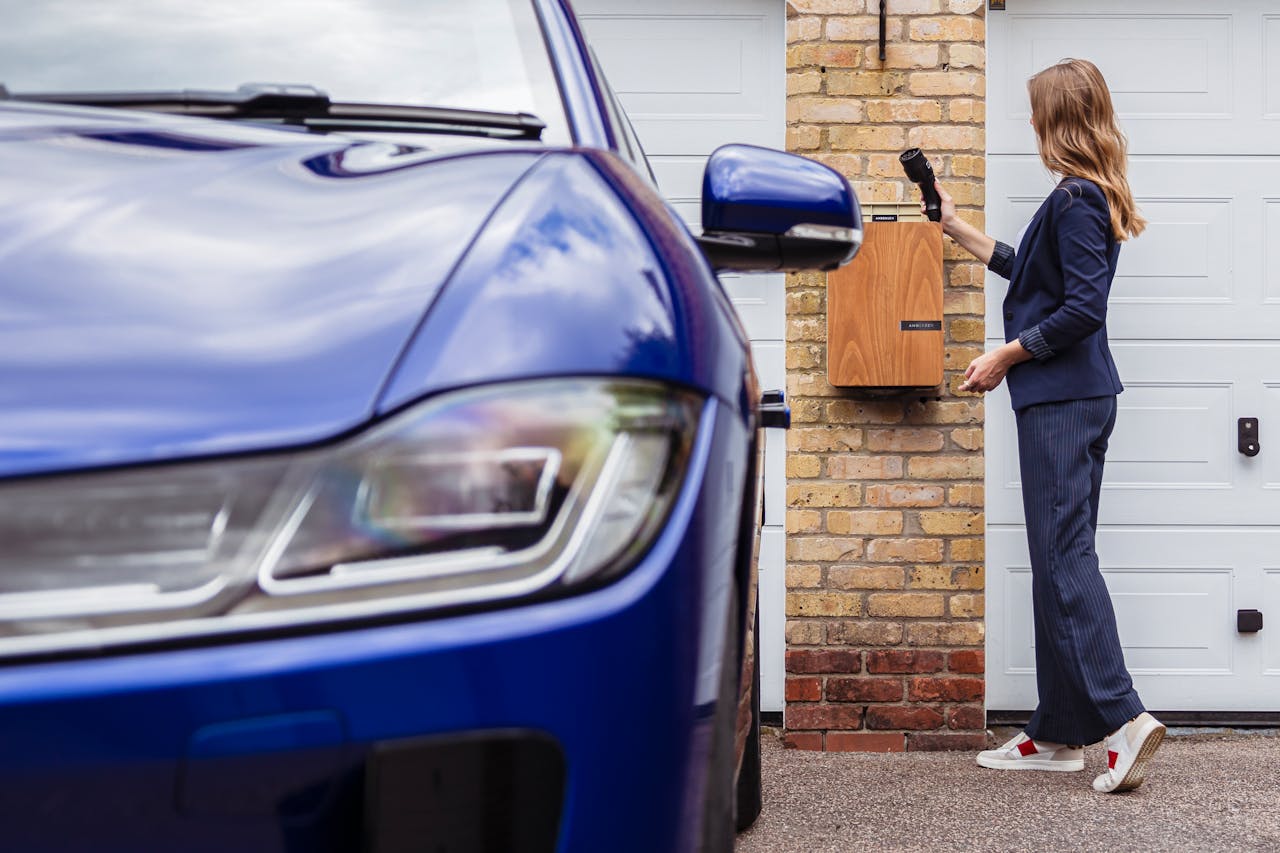
If you are passionate about the environment, consider choosing a vehicle that aligns with your values. Electric and hybrid cars can help reduce your carbon footprint while offering significant savings on fuel costs. Additionally, many manufacturers are now focusing on eco-friendly materials and manufacturing processes, making it easier than ever to find a sustainable option that fits your lifestyle. Choosing an environmentally friendly vehicle can be a fulfilling way to contribute to a healthier planet during your retirement years.
Final Thoughts

Buying a vehicle in retirement is an important decision that can significantly impact your lifestyle. By focusing on safety, comfort, fuel efficiency, user-friendly technology, and other essential features, you can find a car that meets your needs and enhances your retirement experience. Take the time to research, test drive, and consider your options carefully, ensuring you make a choice that aligns with your preferences and budget. With the right vehicle, you can embark on countless adventures and enjoy the freedom that comes with retirement, exploring new places and creating lasting memories on the road. Happy travels!
7 Common Car Repairs That Can Be Done at Home to Save Money
7 Common Car Repairs That Can Be Done at Home to Save Money

Car repairs can quickly add up, draining your wallet with labor and parts costs. However, many routine maintenance tasks and minor repairs can be handled right at home, often with basic tools and a little patience. Not only can doing your own car repairs save you significant money, but it also helps you understand your vehicle better, making it easier to maintain in the long run. In this article, we’ll dive into seven common car repairs that you can do at home to save money and avoid costly mechanic bills.
1. Changing the Oil
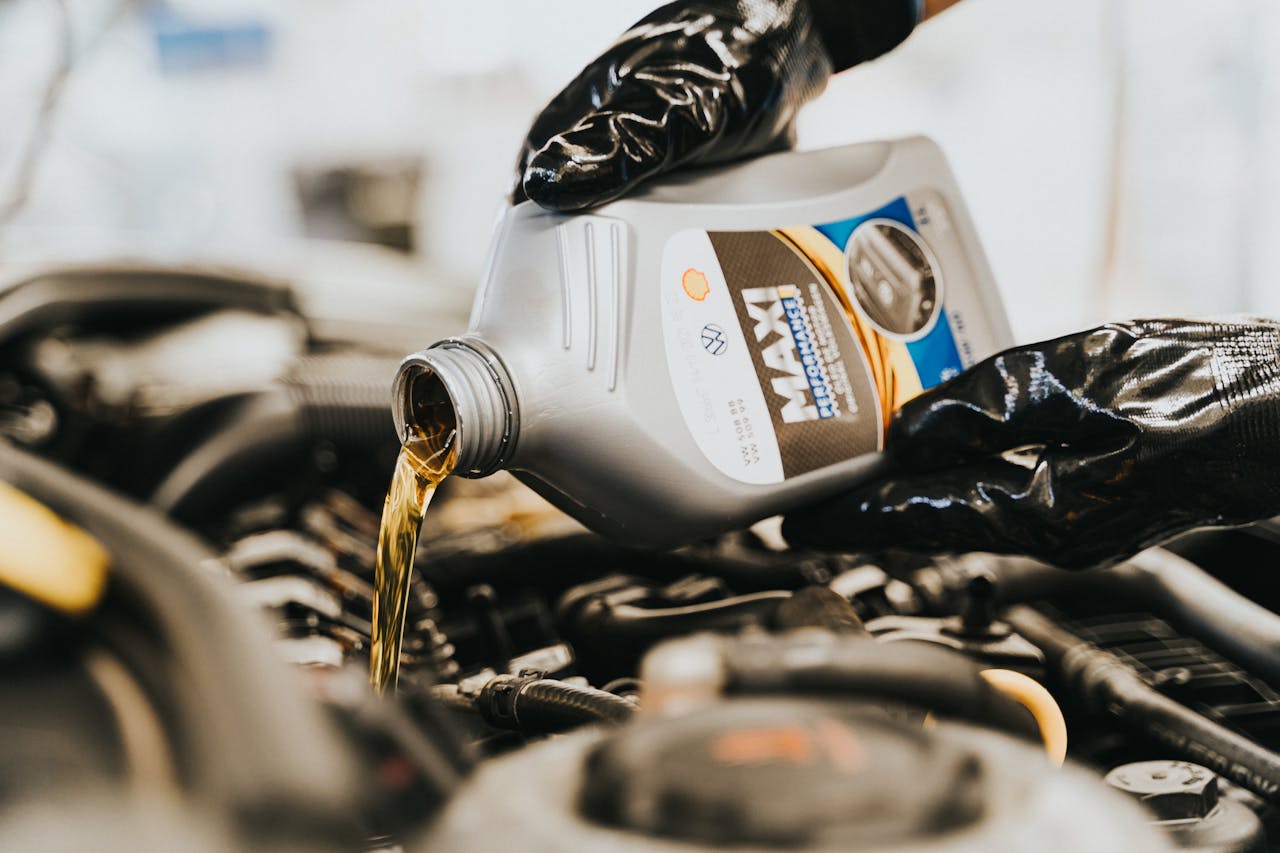
Changing your car’s oil is one of the most routine and essential maintenance tasks that can be done at home. Regular oil changes ensure that your engine runs smoothly, extends its life, and prevents expensive breakdowns. To do this yourself, you’ll need a few basic items: the correct type of oil, a new oil filter, a wrench, and a drain pan. Start by loosening the drain plug to empty the old oil, then replace the oil filter, and finish by refilling the engine with new oil. This task, which can be done in under an hour, will save you around $40 to $70 per oil change, depending on your car’s make and model. By doing this at home, you avoid labor charges and only pay for the oil and filter, making it a great way to keep maintenance costs down.
2. Replacing Brake Pads
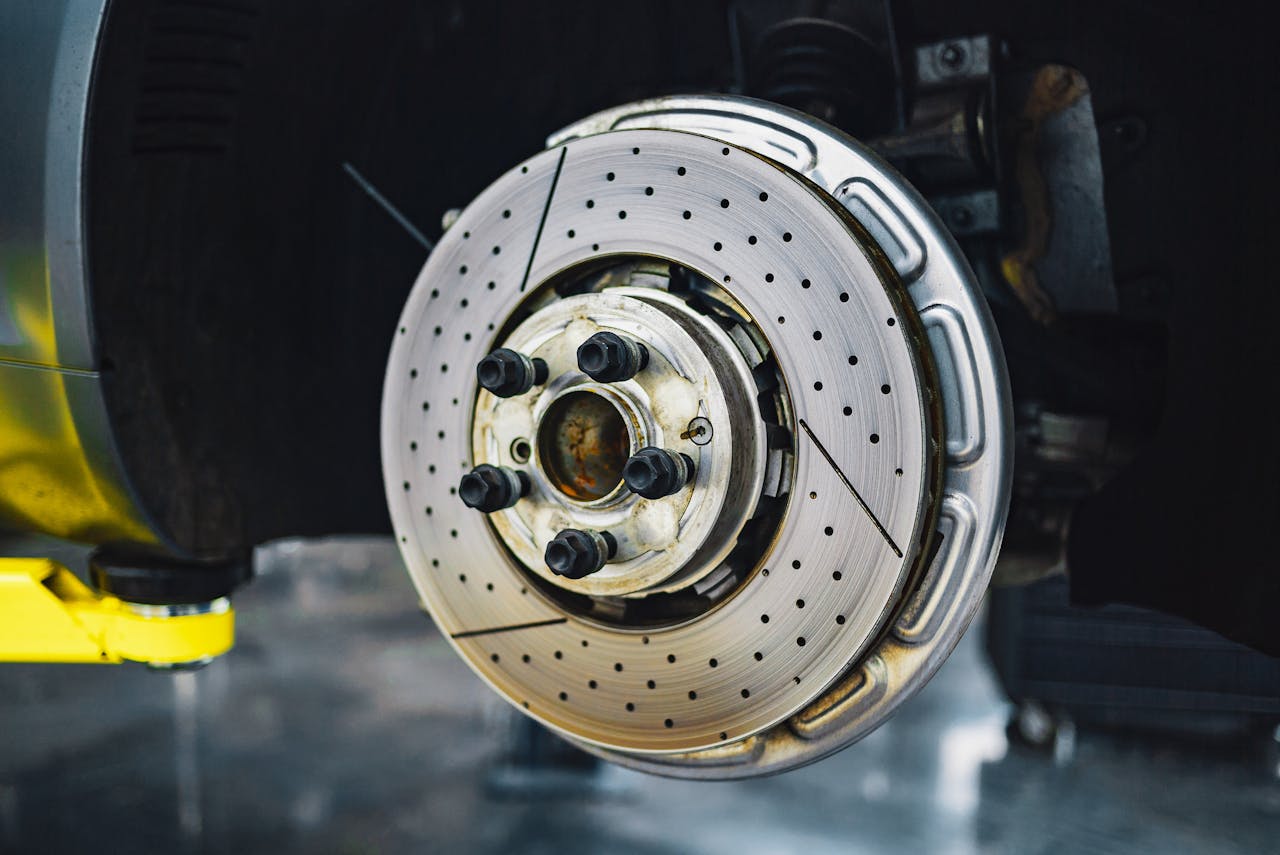
Replacing your car’s brake pads is another repair that can easily be done at home and will save you hundreds of dollars. Brake pads wear down over time and need to be replaced to maintain proper braking performance and avoid damage to the rotors. The tools you’ll need include a car jack, a lug wrench, and a socket set. Once you have the car jacked up and the wheel removed, the brake pads can be accessed and replaced. While it may sound complicated, the process is straightforward and can be done with minimal experience. This repair can save you $150 to $300 in labor costs, and once you get the hang of it, replacing brake pads can take less than an hour per wheel.
3. Replacing Air Filters

There are two air filters in your car that need regular attention: the engine air filter and the cabin air filter. Both can be replaced easily at home with no special tools required. The engine air filter keeps dirt and debris from entering the engine, while the cabin air filter ensures that the air you breathe inside the car is clean. For most cars, replacing the engine air filter involves opening the airbox, removing the old filter, and inserting a new one. The cabin air filter is often located behind the glove compartment and can be swapped out in a few minutes. This simple task can save you about $40 each time, compared to having it done at a shop, and keeps your car running efficiently.
4. Fixing Headlights and Taillights

A burnt-out headlight or taillight is not only unsafe, but it can also lead to a ticket if not addressed. Fortunately, replacing a blown bulb is a simple and quick repair that you can handle at home. Start by consulting your vehicle’s manual to determine the correct type of bulb for your car. Then, access the light housing, which is usually secured with screws or clips, and swap out the old bulb for a new one. Most vehicles make this process simple with an easy twist-off mechanism for the bulb housing. Replacing a headlight or taillight at home saves you up to $50 per bulb, which includes both the cost of the part and labor fees. With a minimal investment of time, you can ensure your vehicle is safely visible on the road.
5. Replacing Spark Plugs
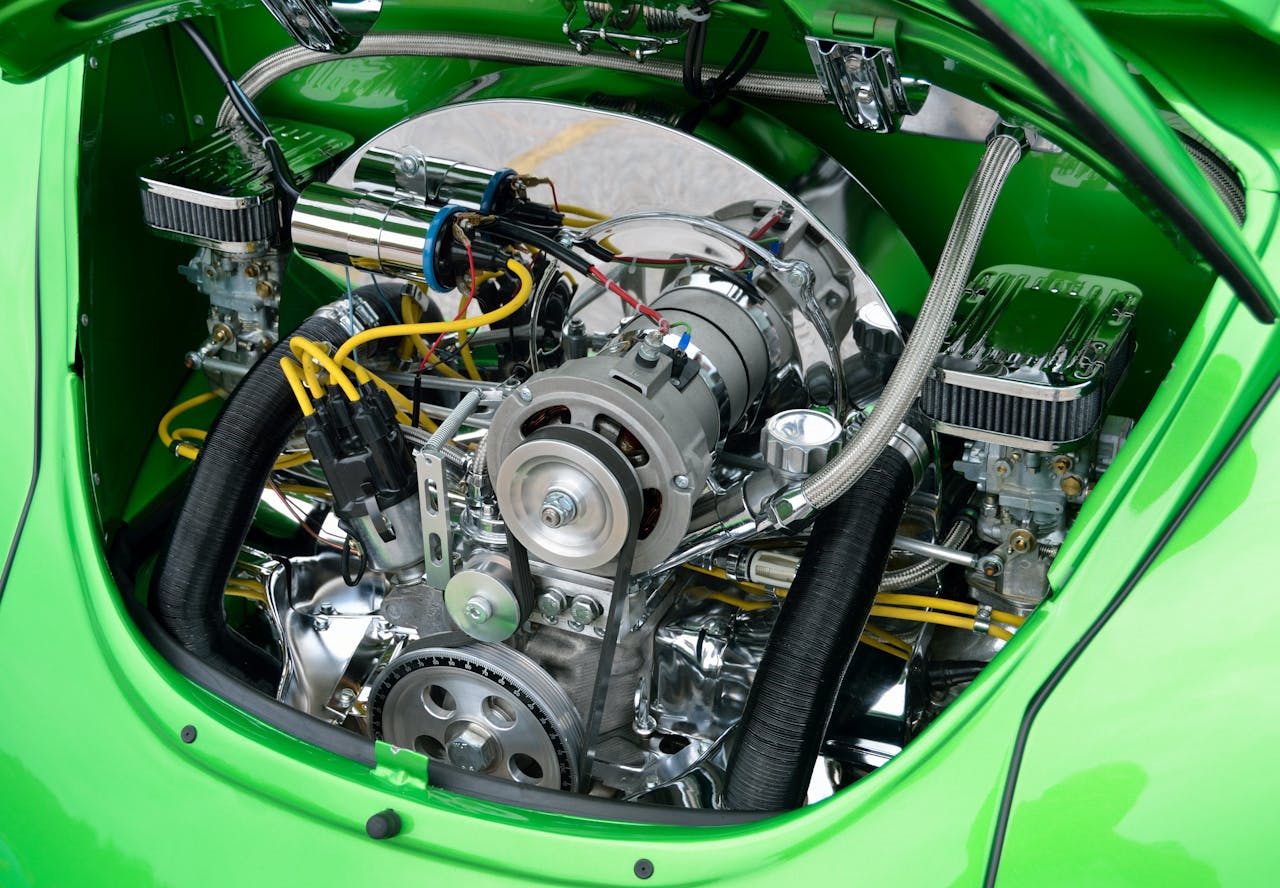
Spark plugs are vital to your car’s ignition system and need to be replaced periodically to keep your engine running efficiently. Worn-out spark plugs can cause misfires, reduce fuel efficiency, and lead to hard starts. Fortunately, replacing spark plugs is a relatively simple task that can be done at home with a spark plug socket and a ratchet. First, locate the spark plugs under your car’s hood, typically along the engine’s top. Then, remove the old spark plugs and carefully insert the new ones. Replacing your spark plugs can save you anywhere from $100 to $150 in labor costs, and it’s a repair you can complete in less than an hour. With proper care, this repair also helps your car run smoother and use fuel more efficiently.
6. Replacing Windshield Wipers

Windshield wipers are crucial for safe driving in rain or snow, and worn-out wipers can reduce visibility, making driving dangerous. Replacing your wiper blades is a task that requires no tools and can be done in just a few minutes. First, check your vehicle’s manual for the correct blade size, then remove the old wipers by pressing the release tab or removing a pin, depending on your car’s wiper design. Simply attach the new blades in their place, and you’re good to go. Doing this at home saves you $20 to $40, depending on what an auto shop would charge for parts and labor. This is one of the easiest ways to keep your car road-ready without breaking the bank.
7. Fixing Small Dents and Scratches

Minor dents and scratches on your car can be unsightly and reduce the overall value of your vehicle, but you don’t need to visit an expensive body shop for every little mark. For small dents, you can use a dent repair kit, which typically includes a suction tool that pops the dent back into place. These kits are affordable and easy to use, saving you hundreds in repair costs. For minor scratches, touch-up paint or a scratch repair kit can restore your car’s finish. While larger body damage requires professional attention, you can easily handle small cosmetic issues at home for a fraction of the cost. Taking care of these minor issues yourself can save you anywhere from $100 to $500, depending on the severity of the damage.
Final Thoughts
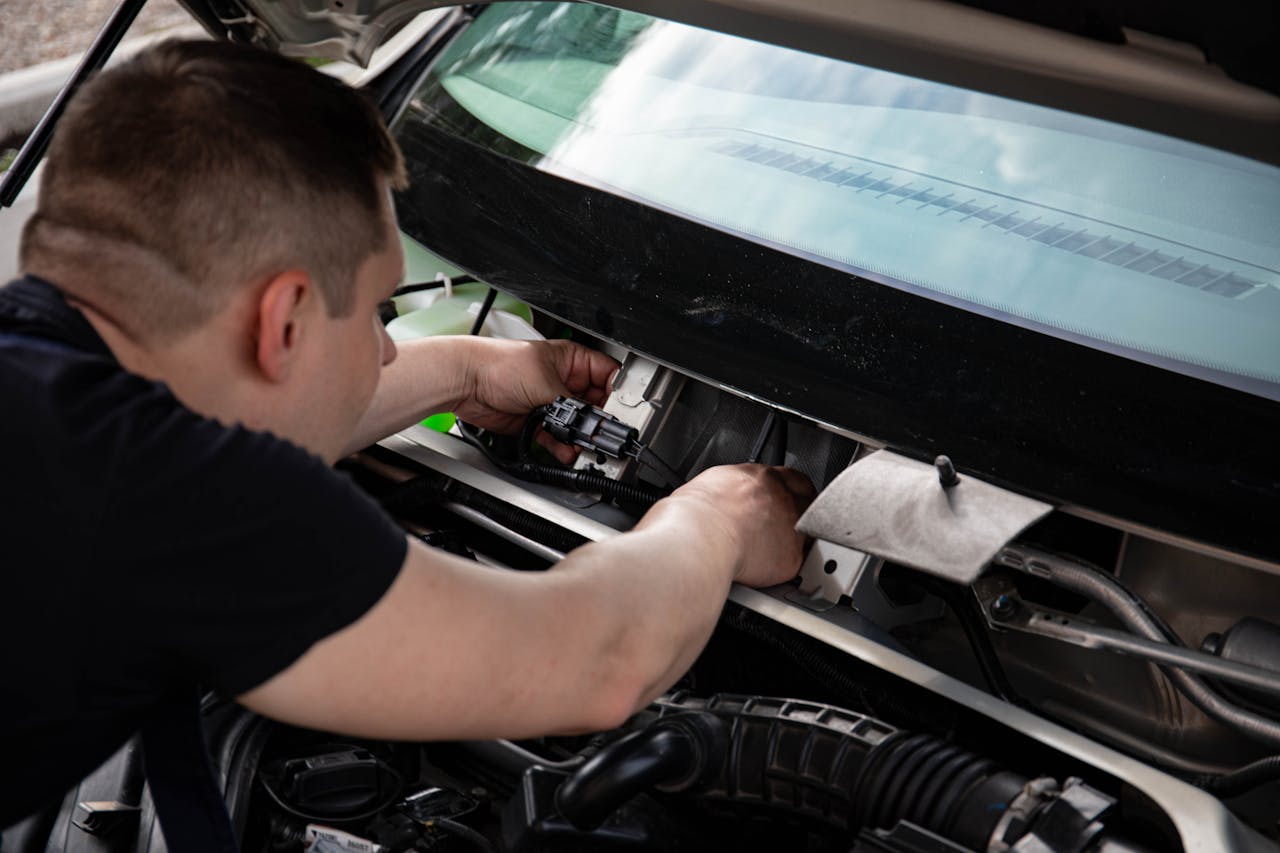
Taking on simple car repairs at home can save you hundreds, if not thousands, of dollars over time. The seven repairs listed above—changing oil, replacing brake pads, swapping air filters, fixing headlights and taillights, changing spark plugs, replacing windshield wipers, and repairing small dents and scratches—are all tasks that most car owners can handle with basic tools and a little know-how. Not only does this DIY approach help you save money, but it also gives you a greater understanding of your vehicle’s maintenance needs, helping you avoid costly repairs in the future. Before starting any repair, consult your vehicle’s manual and do a little research to ensure you’re doing the job correctly for your specific make and model. With a small investment of time and effort, you’ll be well on your way to keeping your car in great shape without breaking the bank!
Toyota Camry Used to Be One of the Best-Selling Cars: 8 Reasons Why Tesla Model Y Took That Spot
Toyota Camry Used to Be One of the Best-Selling Cars: 8 Reasons Why Tesla Model Y Took That Spot

For decades, the Toyota Camry reigned supreme as one of the best-selling cars in the United States. Known for its reliability, affordability, and practicality, the Camry became a household name and a staple in American driveways. However, in recent years, the automotive landscape has shifted dramatically, and the Tesla Model Y has emerged as the new champion. Here are eight reasons why the Tesla Model Y has taken the top spot from the Toyota Camry.
1. Camry is Now Just Another Sedan

Boring! For decades, the Camry was synonymous with reliability, fuel efficiency, and affordability, standing out among gas-powered sedans. However, as competitors like Honda, Hyundai, and Kia improved their sedan offerings, matching or exceeding the Camry in performance, design, and technology, the Camry lost much of its unique appeal. In contrast, the Tesla Model Y not only represents the future of transportation with its electric powertrain and cutting-edge technology but also offers a sleek design and strong brand identity, making traditional gas-powered sedans like the Camry seem outdated in an increasingly eco-conscious market.
2. Electric Revolution

The most significant factor contributing to the rise of the Tesla Model Y is the global shift towards electric vehicles (EVs). As concerns about climate change and fossil fuel dependency grow, consumers are increasingly looking for sustainable alternatives. Tesla, with its all-electric lineup, has positioned itself at the forefront of this revolution. The Model Y, being a fully electric vehicle, appeals to environmentally conscious buyers who want to reduce their carbon footprint.
3. Performance and Efficiency
![3. Performance and Efficiency <p>The Tesla Model Y boasts impressive performance metrics that appeal to a wide range of drivers. With instant torque and rapid acceleration, the Model Y can go from 0 to 60 mph in just a few seconds, providing a thrilling driving experience. Additionally, the Model Y offers excellent efficiency, with a range of over 300 miles on a single charge, making it a practical option for daily commutes and long road trips alike. In contrast, while the Camry is known for its reliability, it doesn’t offer the same level of excitement or efficiency.if(typeof ez_ad_units == "undefined"){ez_ad_units=[];}ez_ad_units.push([[250,250],"ourdebtfreefamily_com-large-mobile-banner-1","ezslot_14",107,"0","0", "ourdebtfreefamily_com-large-mobile-banner-1-0"]);if(typeof __ez_fad_position == "function"){__ez_fad_position("div-gpt-ad-ourdebtfreefamily_com-large-mobile-banner-1-0");} .large-mobile-banner-1-multi-107{align-items:center;border:none !important;display:flex !important;flex-direction:column !important;float:none !important;justify-content:center;line-height:0px;margin-bottom:15px !important;margin-left:auto !important;margin-right:auto !important;margin-top:15px !important;max-width:100% !important;min-height:250px;min-width:250px;padding:0;text-align:center !important;}</p> ::Pexels](https://www.ourdebtfreefamily.com/wp-content/uploads/2024/10/pexels-theidahoan-2480315.jpg)
The Tesla Model Y boasts impressive performance metrics that appeal to a wide range of drivers. With instant torque and rapid acceleration, the Model Y can go from 0 to 60 mph in just a few seconds, providing a thrilling driving experience. Additionally, the Model Y offers excellent efficiency, with a range of over 300 miles on a single charge, making it a practical option for daily commutes and long road trips alike. In contrast, while the Camry is known for its reliability, it doesn’t offer the same level of excitement or efficiency.
4. Safety Features
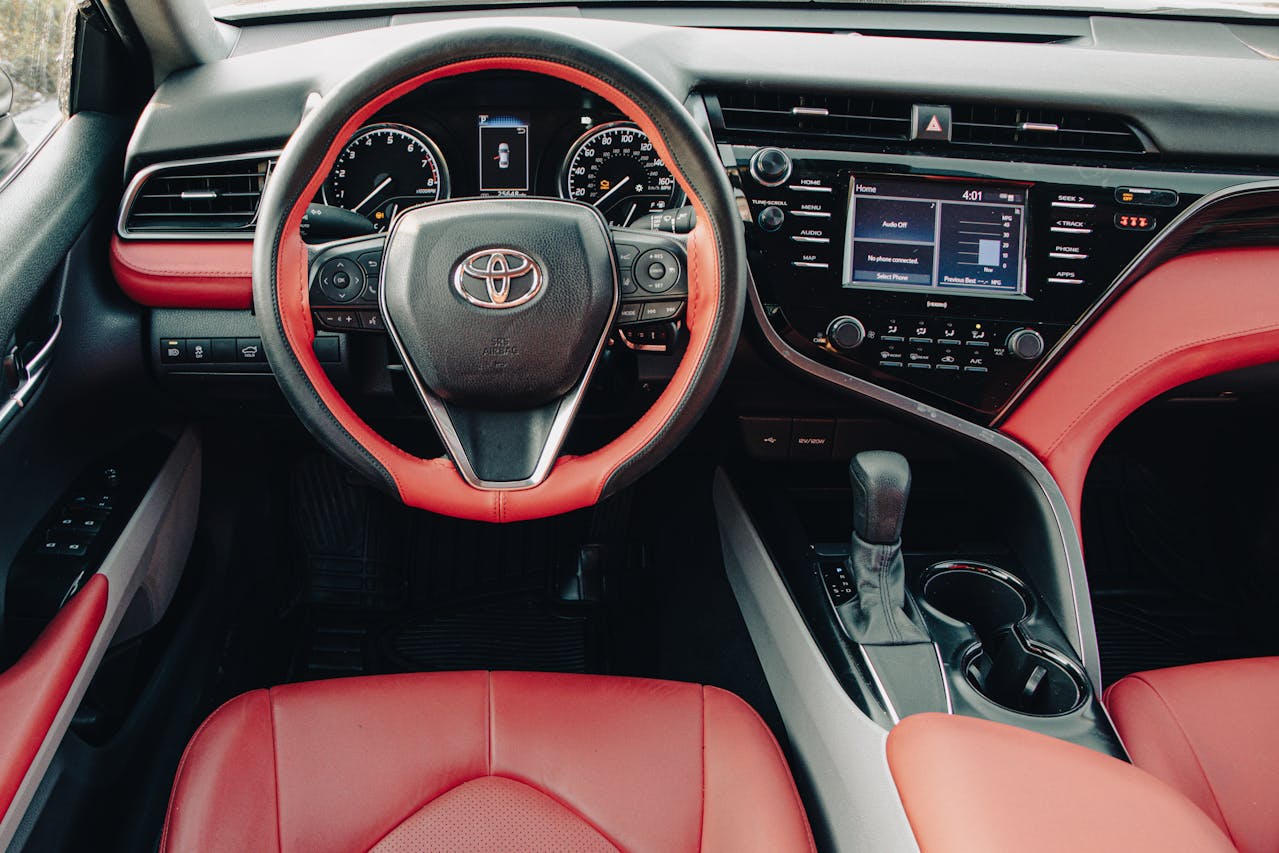
Safety is a top priority for many car buyers, and the Tesla Model Y excels in this area. The Model Y has received high safety ratings from various organizations, thanks to its robust construction, advanced driver-assistance systems, and numerous safety features. Tesla’s commitment to safety is evident in its continuous updates and improvements to its vehicles’ safety systems. While the Toyota Camry is also known for its safety, the Model Y’s advanced technology gives it an edge.
5. Brand Appeal and Innovation

Tesla has cultivated a strong brand appeal that resonates with a broad audience. The company’s commitment to innovation, sustainability, and cutting-edge technology has garnered a loyal following. Tesla’s charismatic CEO, Elon Musk, has also played a significant role in building the brand’s image. The Model Y, as part of Tesla’s lineup, benefits from this brand appeal and is seen as a symbol of progress and innovation. On the other hand, while the Toyota Camry is respected for its reliability, it doesn’t carry the same level of excitement or innovation.
6. Market Trends and Consumer Preferences

The automotive market is experiencing a shift in consumer preferences, with a growing demand for SUVs and crossovers. The Tesla Model Y, being a compact SUV, fits perfectly into this trend. It offers the versatility and space that consumers desire, along with the benefits of an electric powertrain. The Camry, as a sedan, may be considered boring, and is less aligned with current market trends, which has contributed to its decline in popularity.
7. Environmental Incentives and Regulations

Government incentives and regulations have also played a crucial role in the rise of the Tesla Model Y. Many countries and states offer tax credits, rebates, and other incentives for purchasing electric vehicles. Additionally, stricter emissions regulations are pushing consumers towards cleaner alternatives. These incentives make the Model Y a more attractive option financially, further boosting its sales. The Camry, being a traditional ICE vehicle, doesn’t benefit from these incentives to the same extent.
8. Advanced Technology

Tesla is renowned for its cutting-edge technology, and the Model Y is no exception. From its Autopilot capabilities to over-the-air software updates, the Model Y offers a tech-savvy experience that traditional internal combustion engine (ICE) vehicles like the Camry simply can’t match. Features such as full self-driving (FSD) capabilities, a minimalist interior with a large touchscreen, and seamless integration with smartphones make the Model Y a futuristic choice for modern consumers.
Final Thoughts

In conclusion, the transition from the Toyota Camry to the Tesla Model Y as the best-selling car reflects broader changes in the automotive industry and consumer preferences. The rise of electric vehicles, advancements in technology, and shifting market trends have all contributed to the Model Y’s success. While the Camry remains a reliable and practical choice, the Model Y represents the future of transportation, offering a blend of sustainability, performance, and innovation that resonates with today’s consumers.
What Your Car Says About You: 10 Things People Notice Right Away
What Your Car Says About You: 10 Things People Notice Right Away

Your car is more than just a way to get from point A to point B. It’s a reflection of your personality, lifestyle, and even your values. Whether you realize it or not, the vehicle you drive can make a lasting impression on people around you. Here are ten things people tend to notice right away about you based on your car.
1. The Brand: Status or Practicality?

The brand of your car often speaks volumes. Driving a luxury brand like BMW, Mercedes-Benz, or Tesla can signal success, status, or a desire for premium experiences. On the flip side, driving a reliable brand like Toyota or Honda might suggest that you value practicality and longevity over flash. The car’s badge often gives people their first hint about what kind of driver (and person) you might be.
2. Condition: Clean or Cluttered?

The condition of your car says a lot about your personality and habits. A clean, well-maintained car suggests that you’re organized, responsible, and take pride in your belongings. On the other hand, a cluttered or dirty car can give off the impression that you’re either too busy to clean or don’t mind a bit of chaos in your life.
3. Age of the Car: Nostalgic or Up-to-Date?
![3. Age of the Car: Nostalgic or Up-to-Date? <p>People often notice the age of a car, and this can hint at your lifestyle choices. Driving an older model might suggest that you’re nostalgic, practical, or environmentally conscious by extending the life of your vehicle. A brand-new, high-tech car, on the other hand, can indicate that you’re up-to-date with the latest trends and enjoy having the newest gadgets at your fingertips.if(typeof ez_ad_units == "undefined"){ez_ad_units=[];}ez_ad_units.push([[336,280],"ourdebtfreefamily_com-large-mobile-banner-1","ezslot_4",107,"0","0", "ourdebtfreefamily_com-large-mobile-banner-1-0"]);if(typeof __ez_fad_position == "function"){__ez_fad_position("div-gpt-ad-ourdebtfreefamily_com-large-mobile-banner-1-0");}</p> ::Pexels](https://www.ourdebtfreefamily.com/wp-content/uploads/2024/10/pexels-joshuaklr-757184.jpg)
People often notice the age of a car, and this can hint at your lifestyle choices. Driving an older model might suggest that you’re nostalgic, practical, or environmentally conscious by extending the life of your vehicle. A brand-new, high-tech car, on the other hand, can indicate that you’re up-to-date with the latest trends and enjoy having the newest gadgets at your fingertips.
4. Color: Bold or Understated?

The color of your car can be a window into your personality. Bold colors like red, yellow, or orange suggest confidence and a desire to stand out, while more neutral colors like white, black, or silver tend to convey professionalism and a no-nonsense attitude. Some people choose colors that reflect their personal style, while others opt for something more practical to hide dirt or scratches.
5. Size: Family-Oriented or Adventurous?
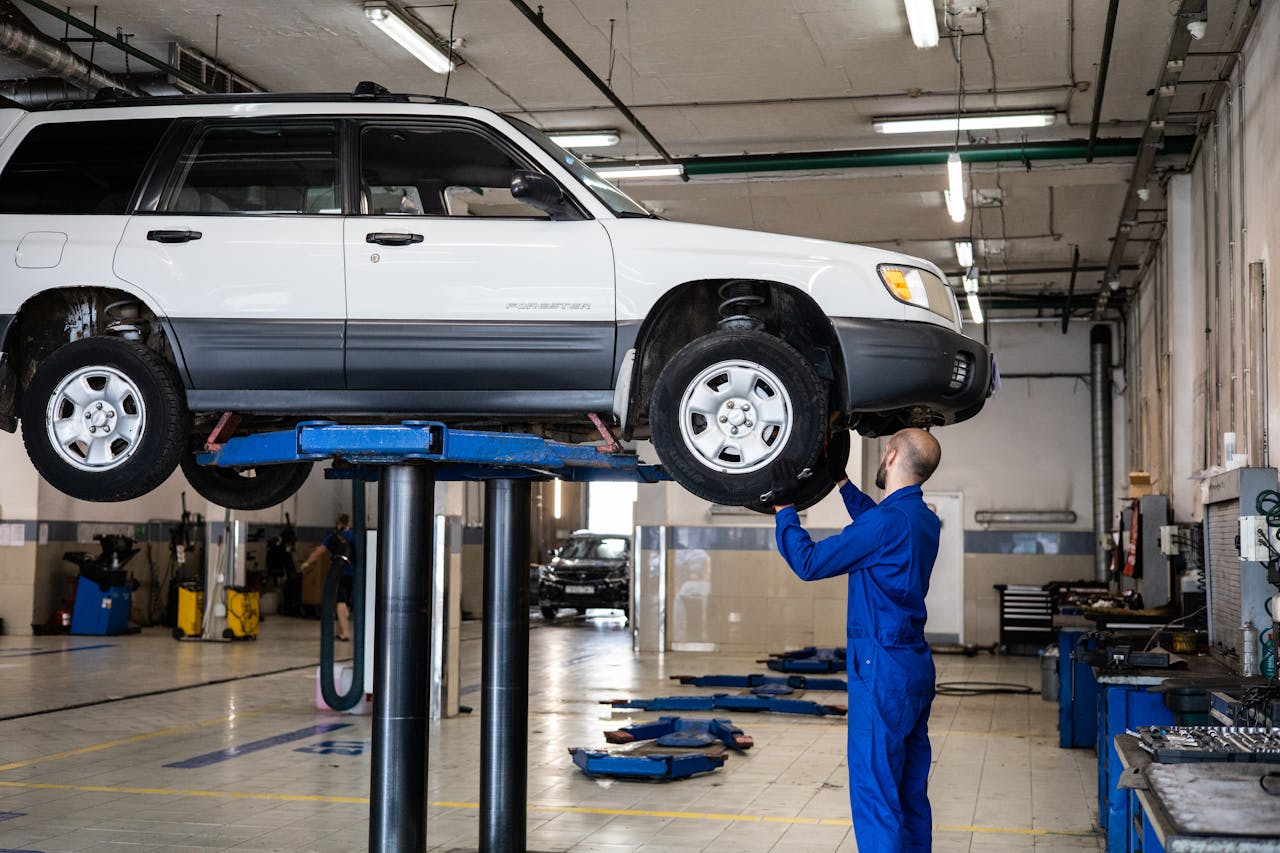
The size of your car is another element people notice right away. A large SUV or minivan suggests a family-oriented lifestyle, prioritizing comfort and space for passengers. A compact car might indicate that you live in the city, value fuel efficiency, or prefer something easy to maneuver. Meanwhile, a rugged pickup truck or off-road vehicle might signal that you love adventure, outdoor activities, or physical work.
6. Technology: Minimalist or Tech-Savvy?

The level of technology in your car can hint at how tech-savvy you are. If you drive a high-tech vehicle loaded with features like touchscreens, autonomous driving, or advanced safety systems, it suggests that you’re forward-thinking and love cutting-edge innovations. A more basic model could indicate that you prefer simplicity or have no need for all the bells and whistles.
7. Modifications: Customizer or Traditionalist?

If your car has noticeable modifications, like custom rims, tinted windows, or performance upgrades, it shows that you’re someone who likes to stand out and make things your own. Modifying your car also suggests you’re passionate about driving and see your car as an extension of your personality. On the other hand, a car that’s closer to stock form may indicate that you’re a traditionalist or someone who values functionality over form.
8. Eco-Friendliness: Green or Gas Guzzler?
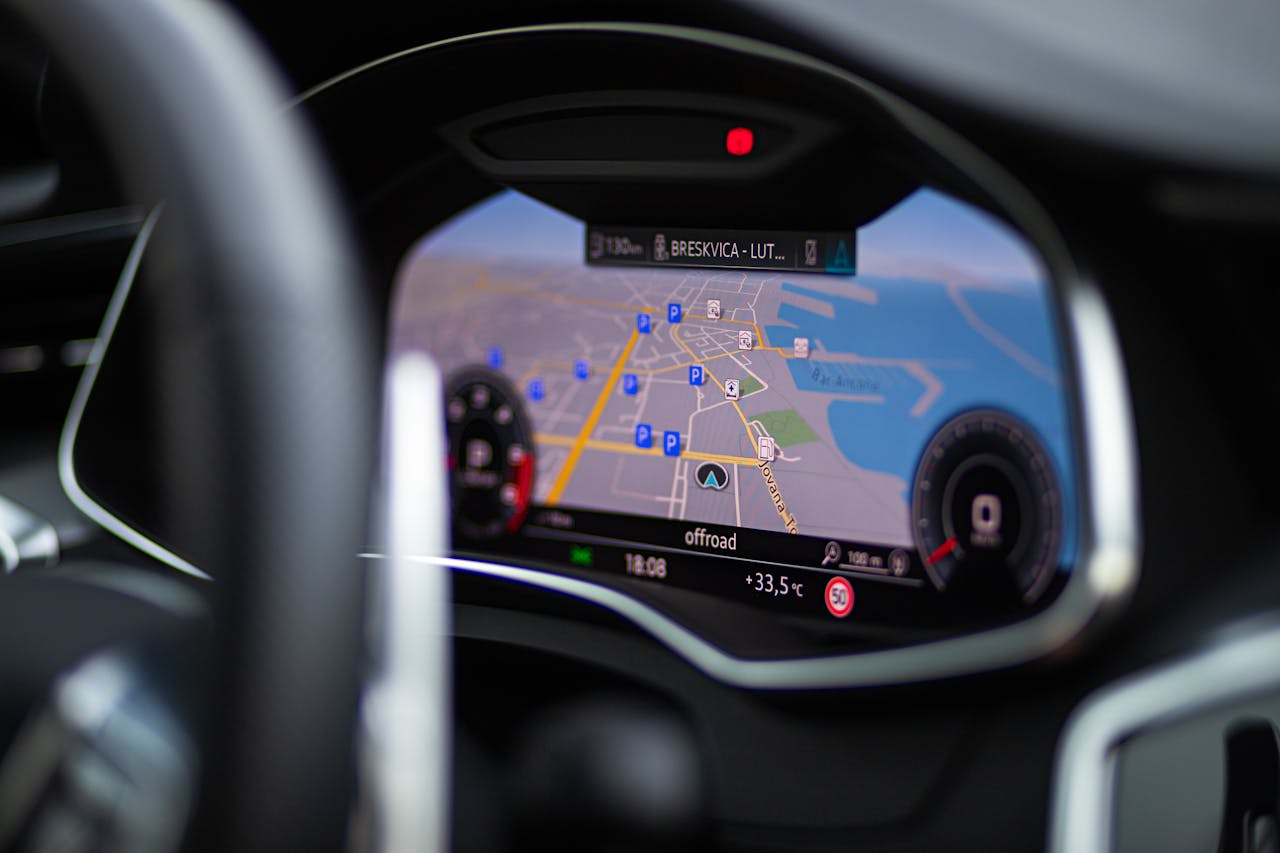
In today’s world, people are increasingly aware of environmental issues, and the type of car you drive sends a clear message about your stance on sustainability. Driving an electric or hybrid vehicle suggests that you’re eco-conscious and mindful of your carbon footprint. On the other hand, a large gas-guzzling SUV or sports car might hint that you prioritize performance and power over environmental concerns.
9. License Plate: Personalized or Standard?

A personalized license plate can offer a glimpse into your sense of humor, interests, or even a bit of your personality. Whether it’s a clever wordplay or a meaningful date, custom plates stand out. On the flip side, a standard plate may suggest you prefer to fly under the radar or that a custom touch just isn’t your style.
10. Accessories: Functional or Fun?
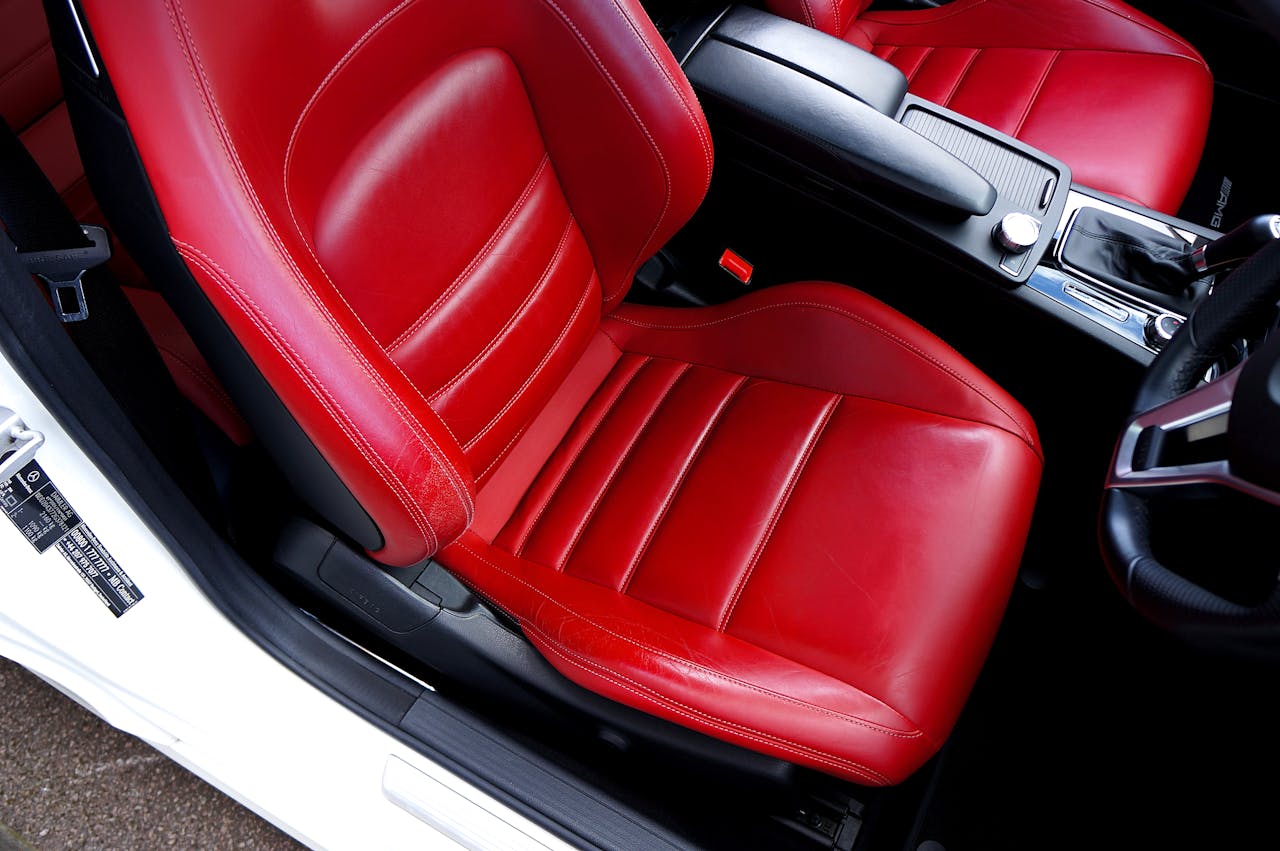
Accessories like roof racks, bumper stickers, or seat covers can say a lot about your hobbies and priorities. A car with roof racks might suggest you’re an outdoor enthusiast, while bumper stickers can reflect your beliefs, sense of humor, or even your political views. Fun, quirky accessories show off a playful side, whereas a minimalist approach might signal a focus on function and simplicity.
Conclusion

Your car can say a lot about you before you even step out of it. From the brand and condition to the color and technology, every detail can give people clues about your personality, lifestyle, and values. Whether you drive a sleek sports car, a practical sedan, or a rugged truck, remember that people are constantly forming impressions based on what they see. What’s your car saying about you?

